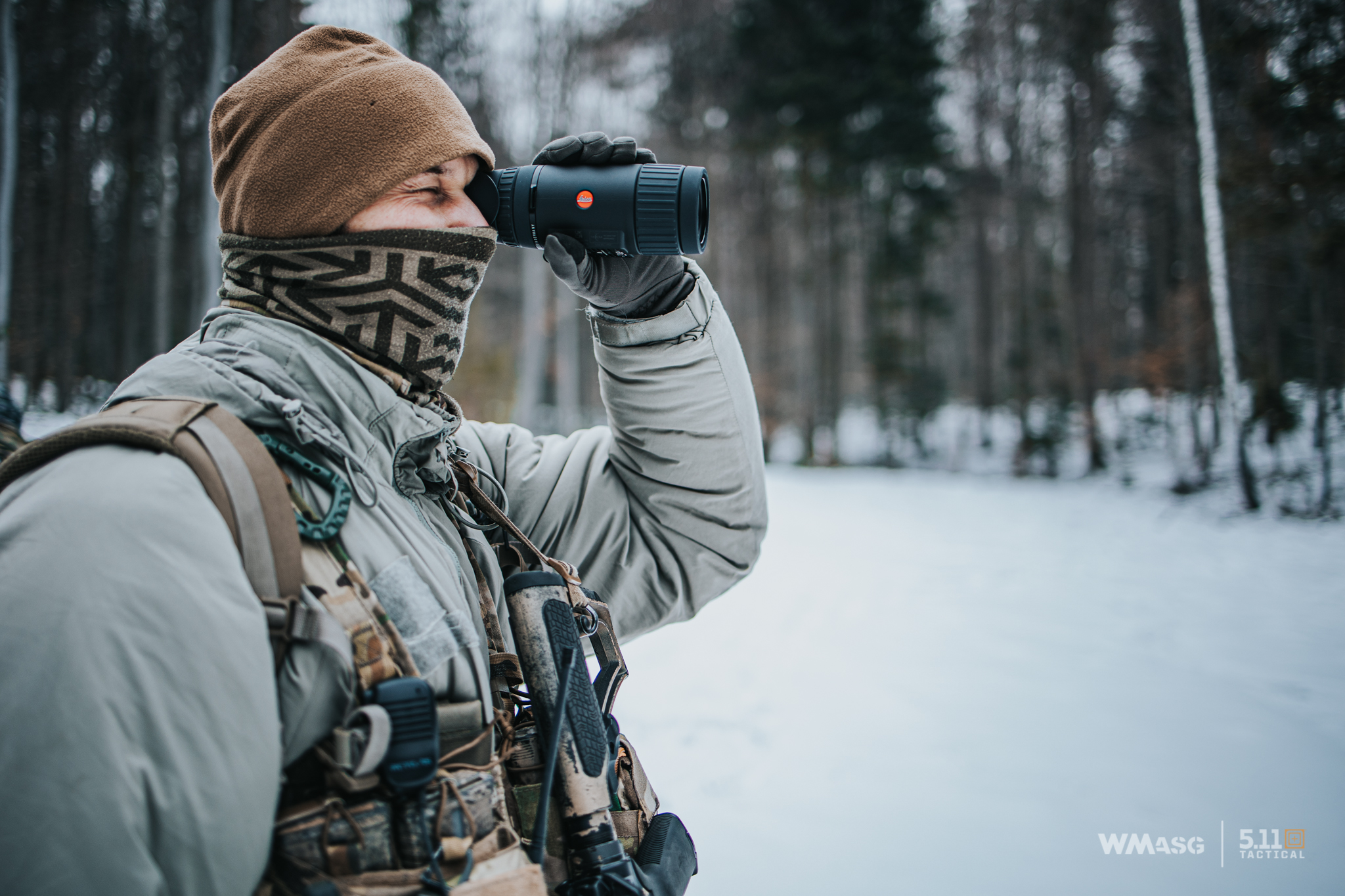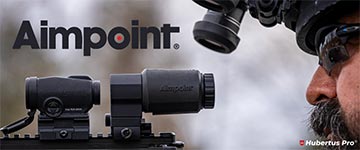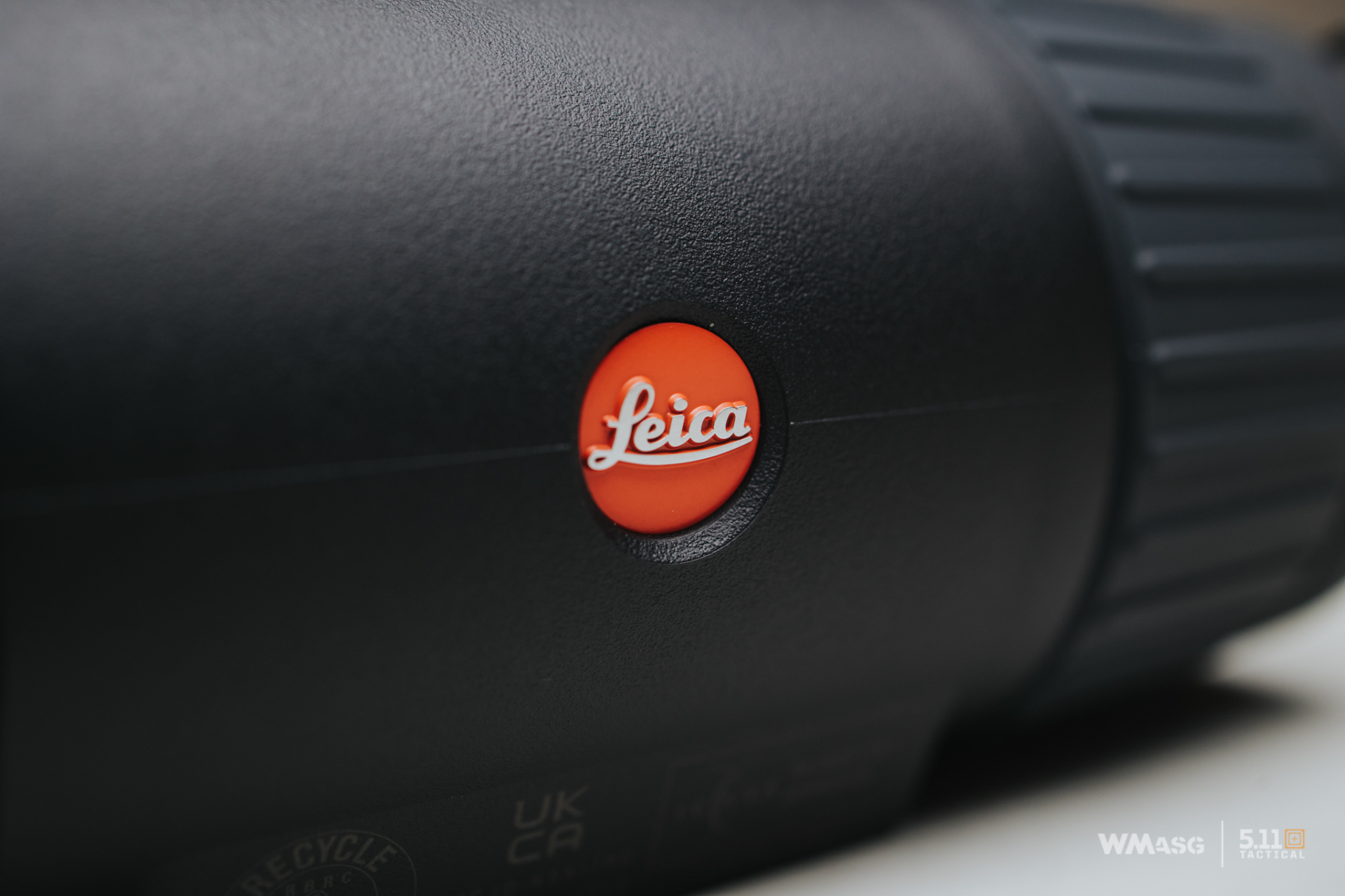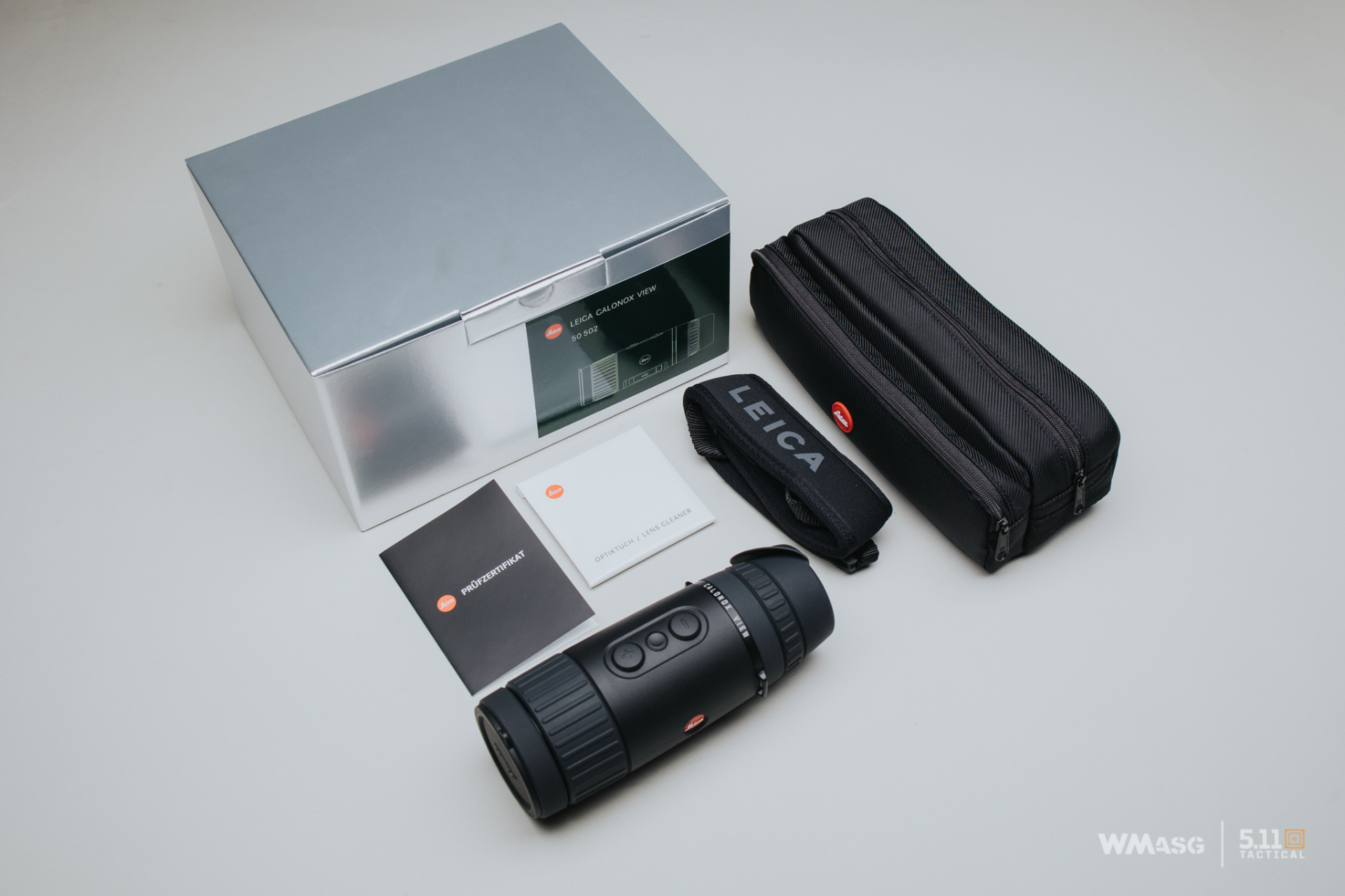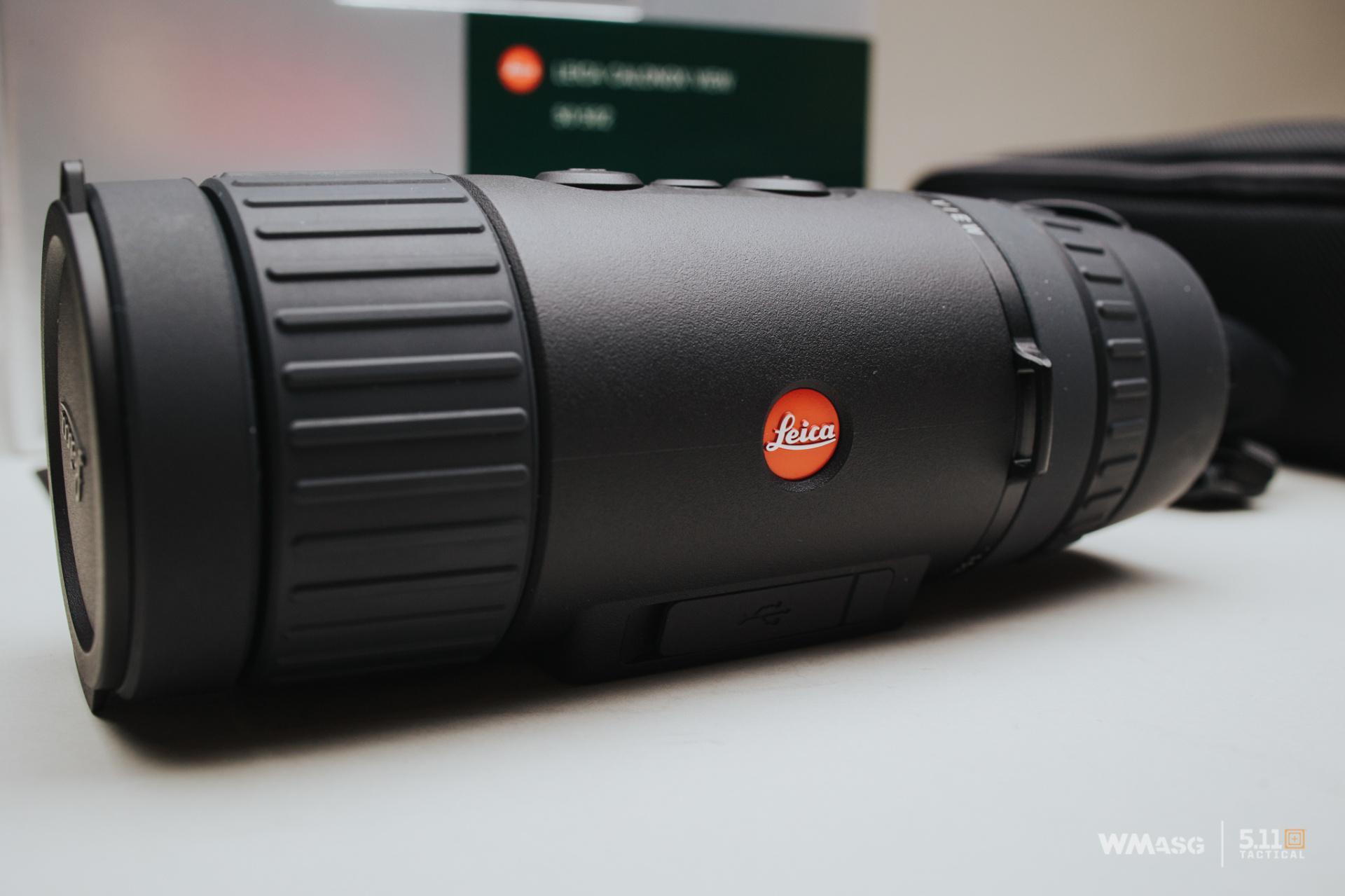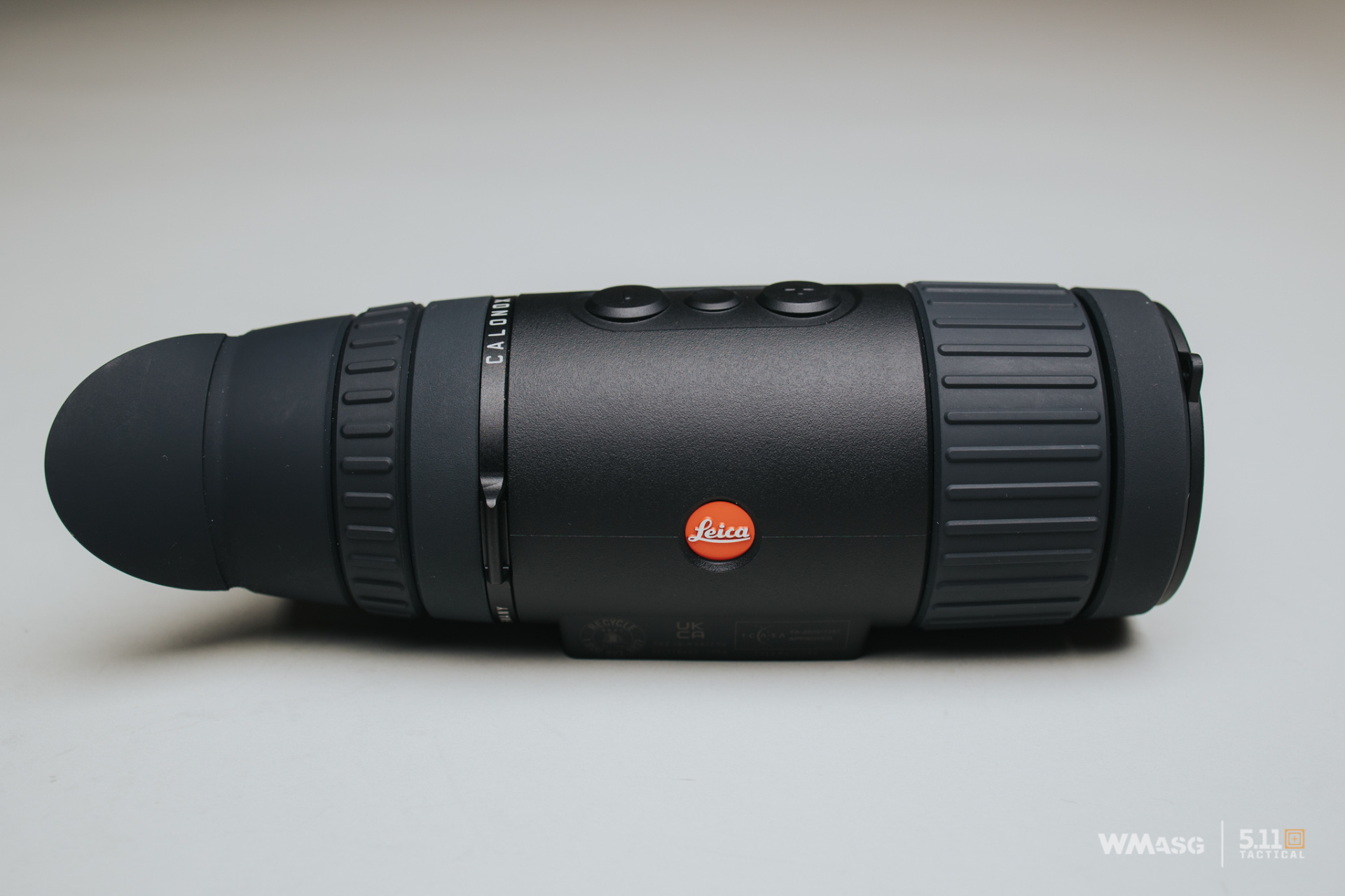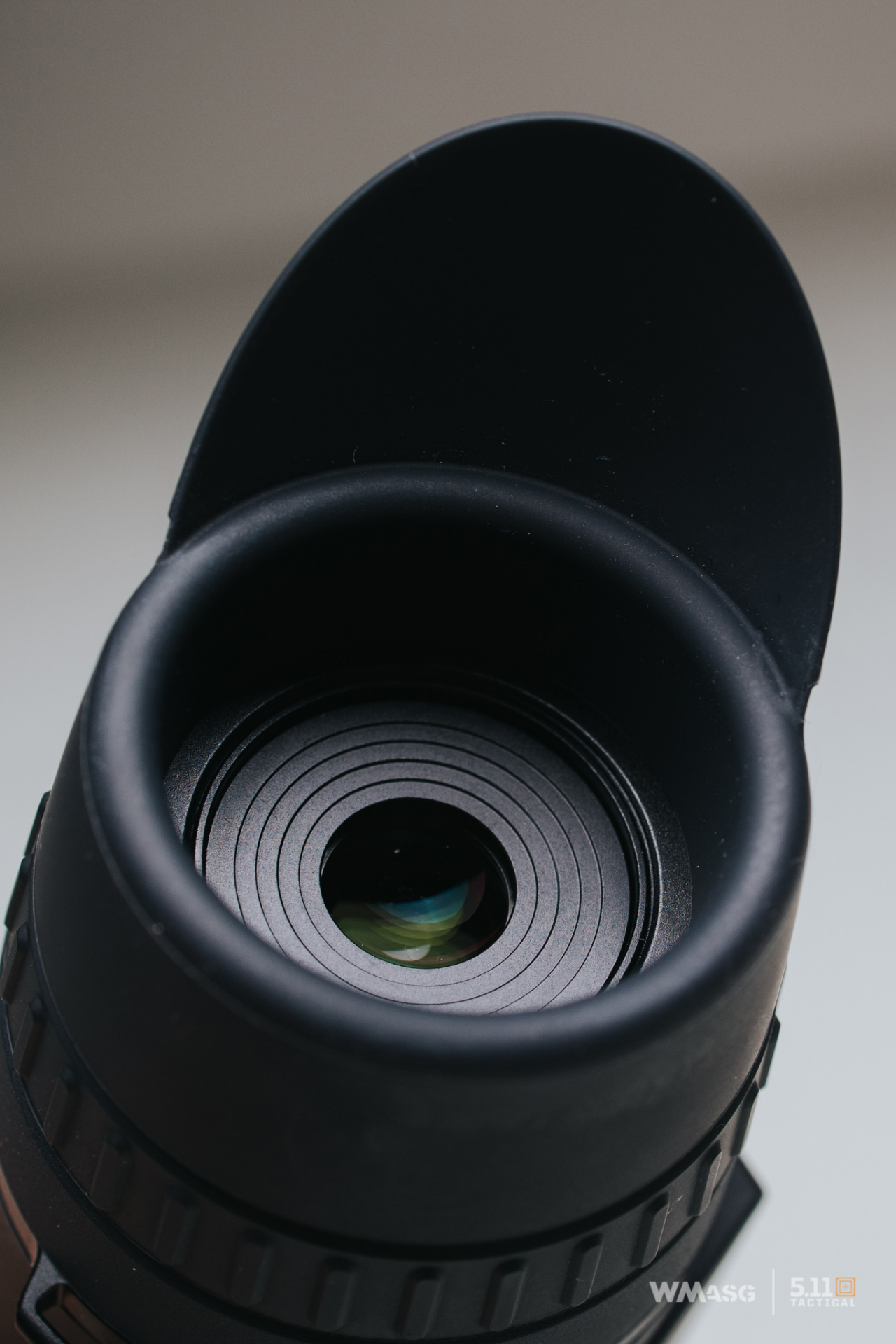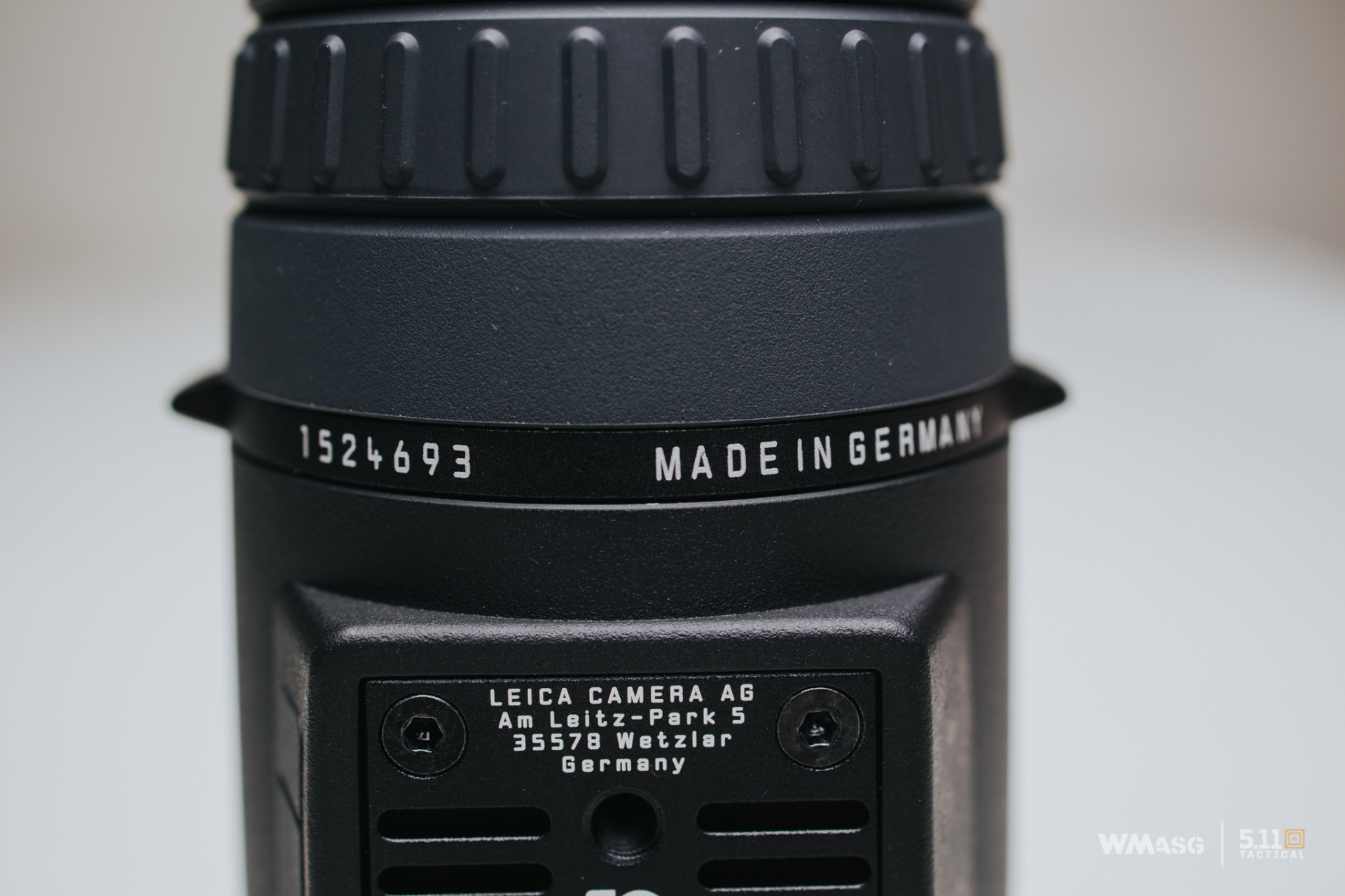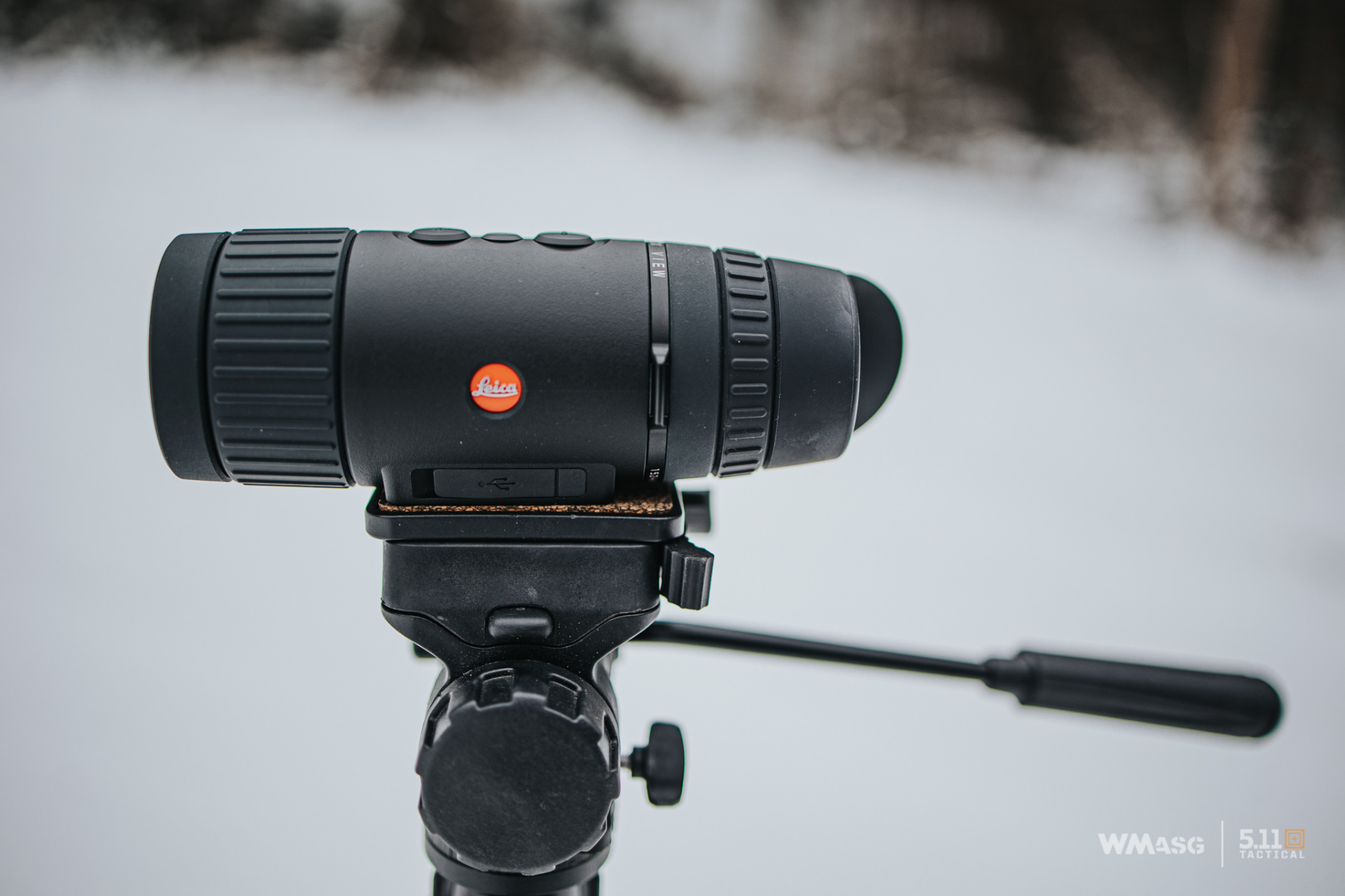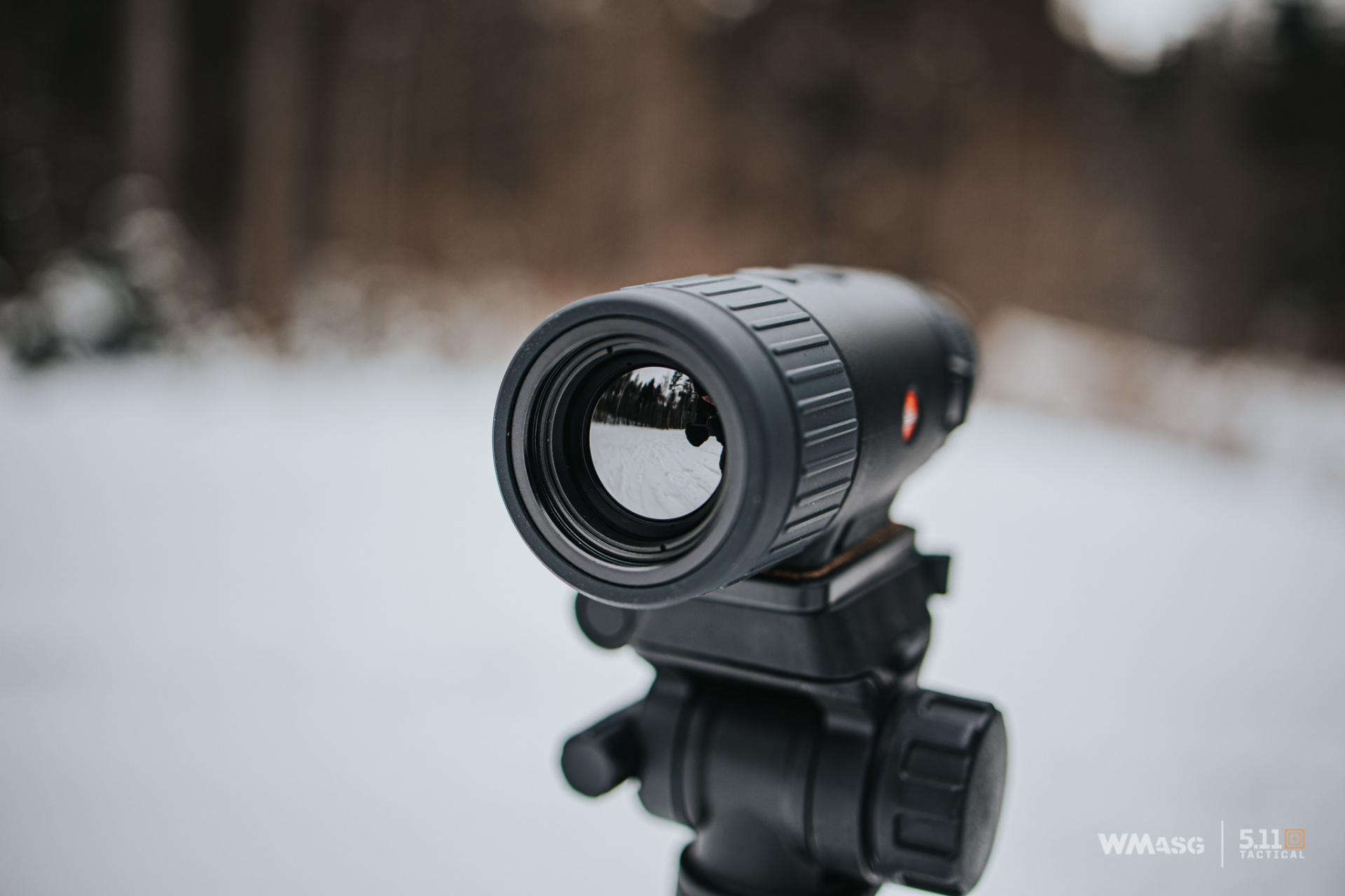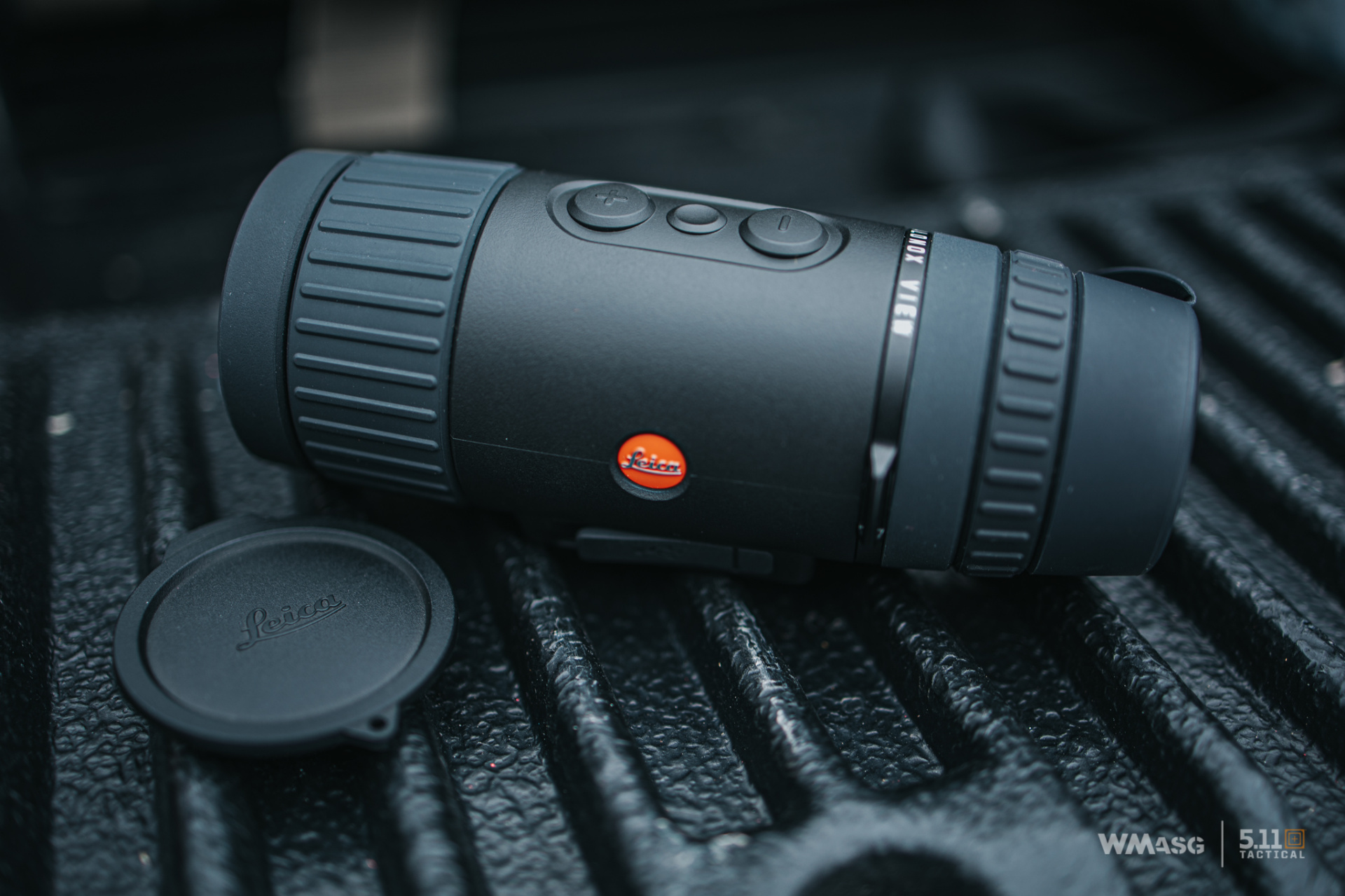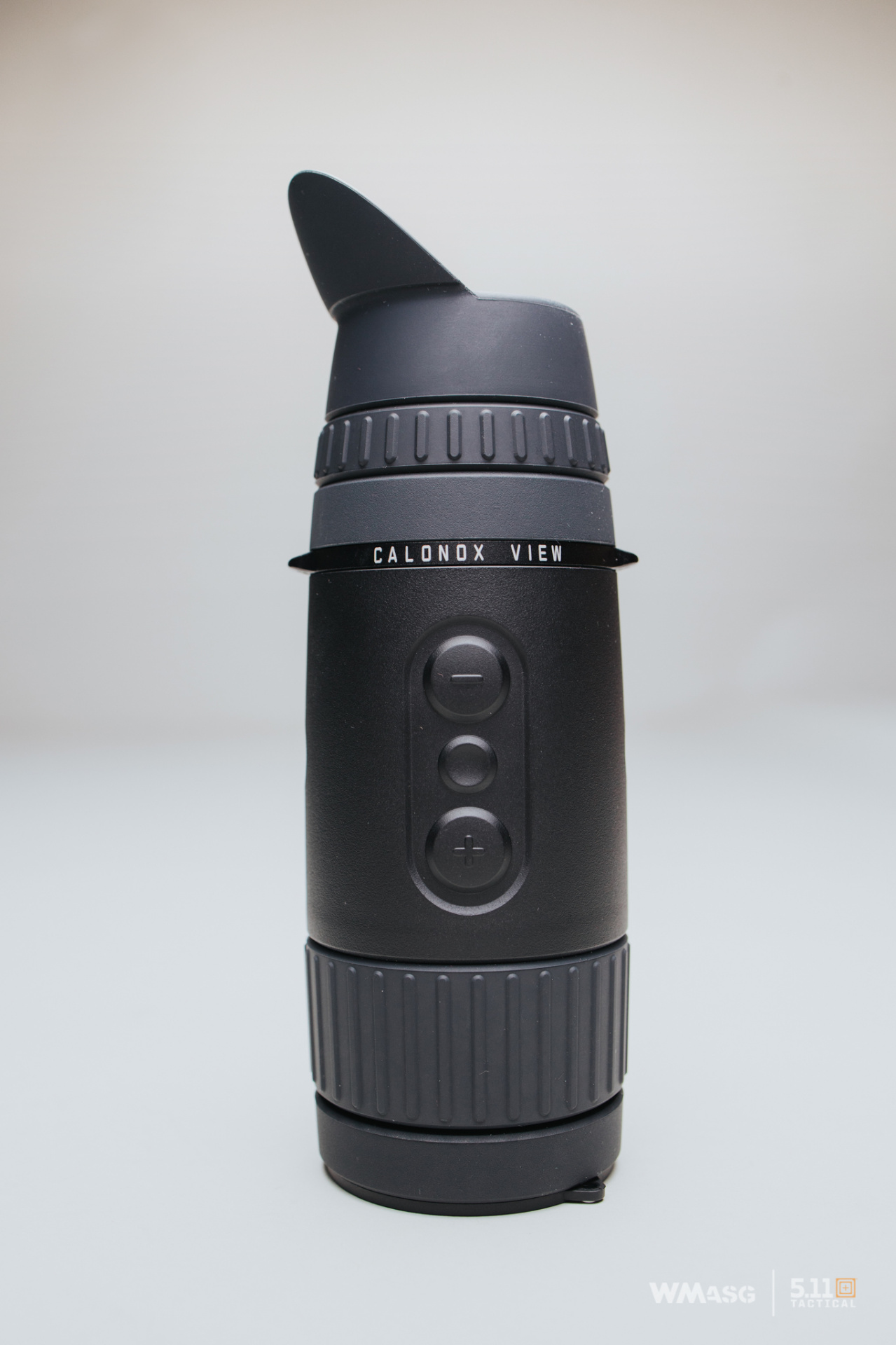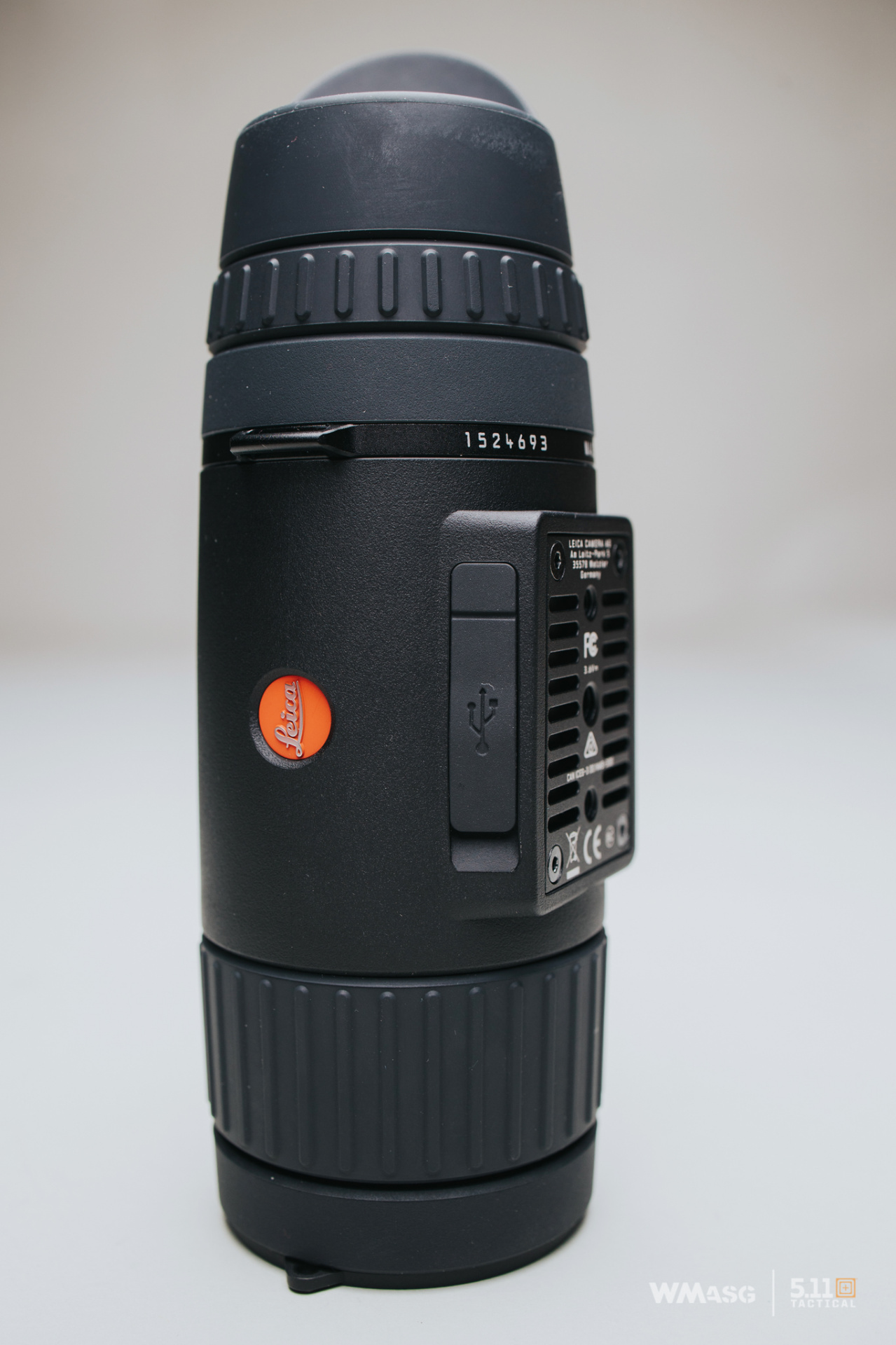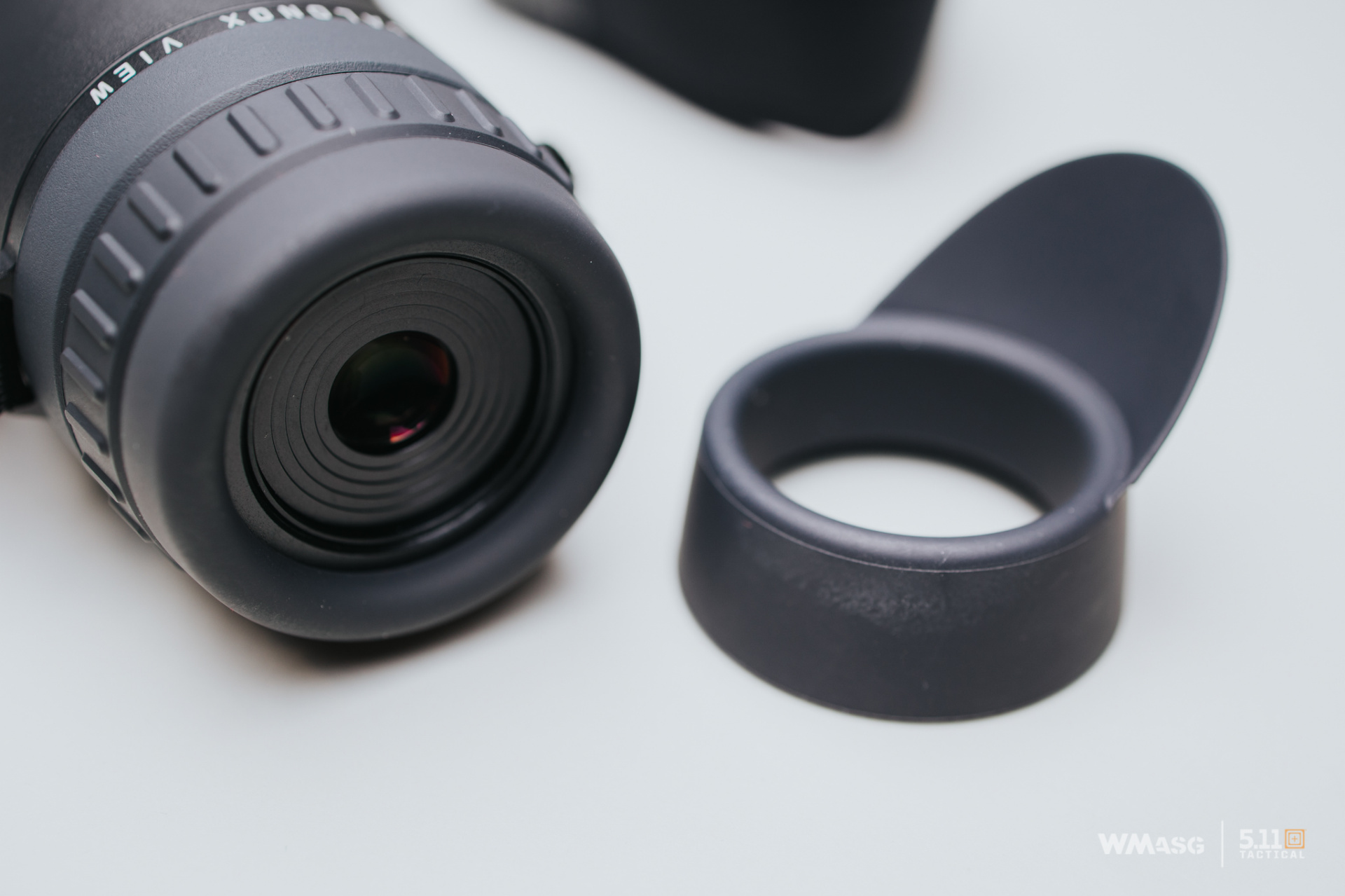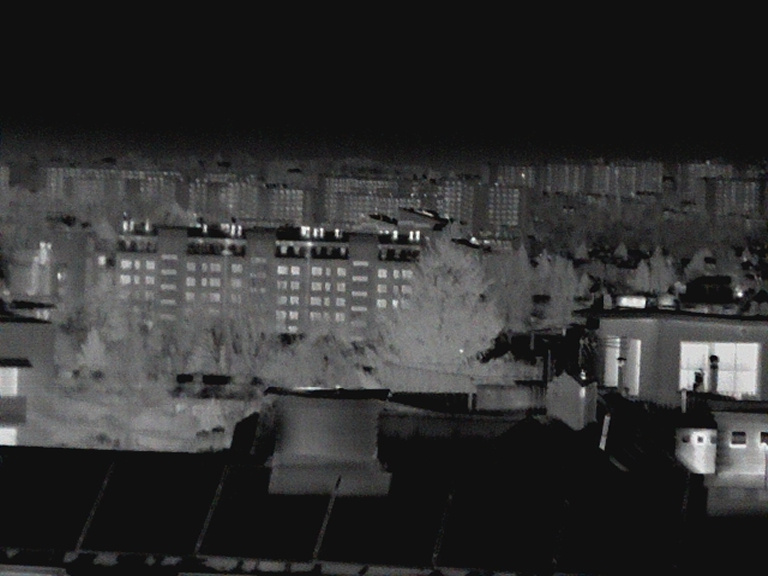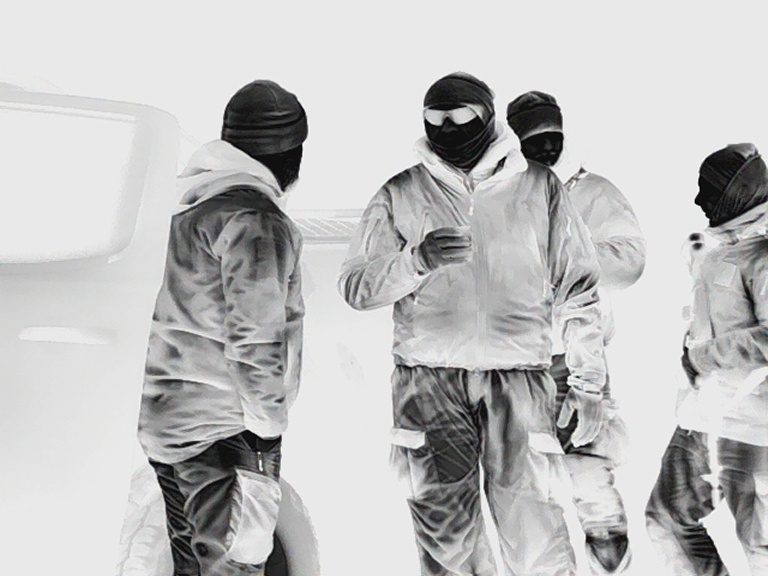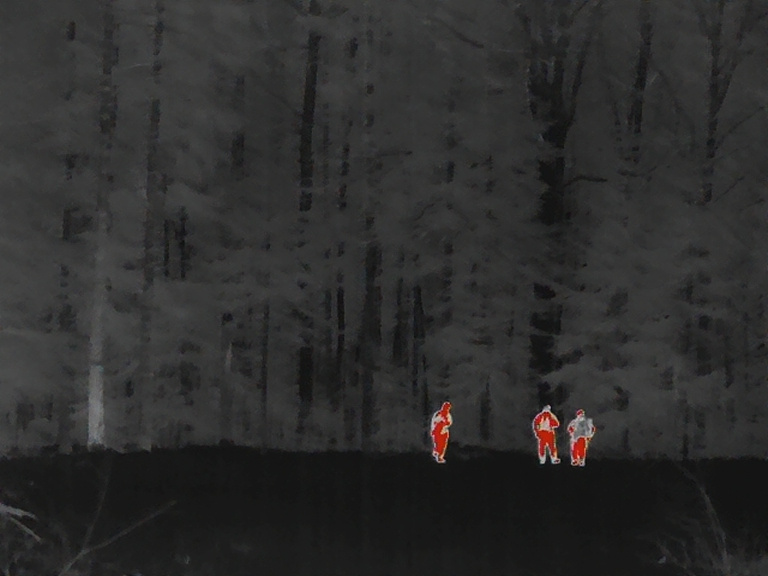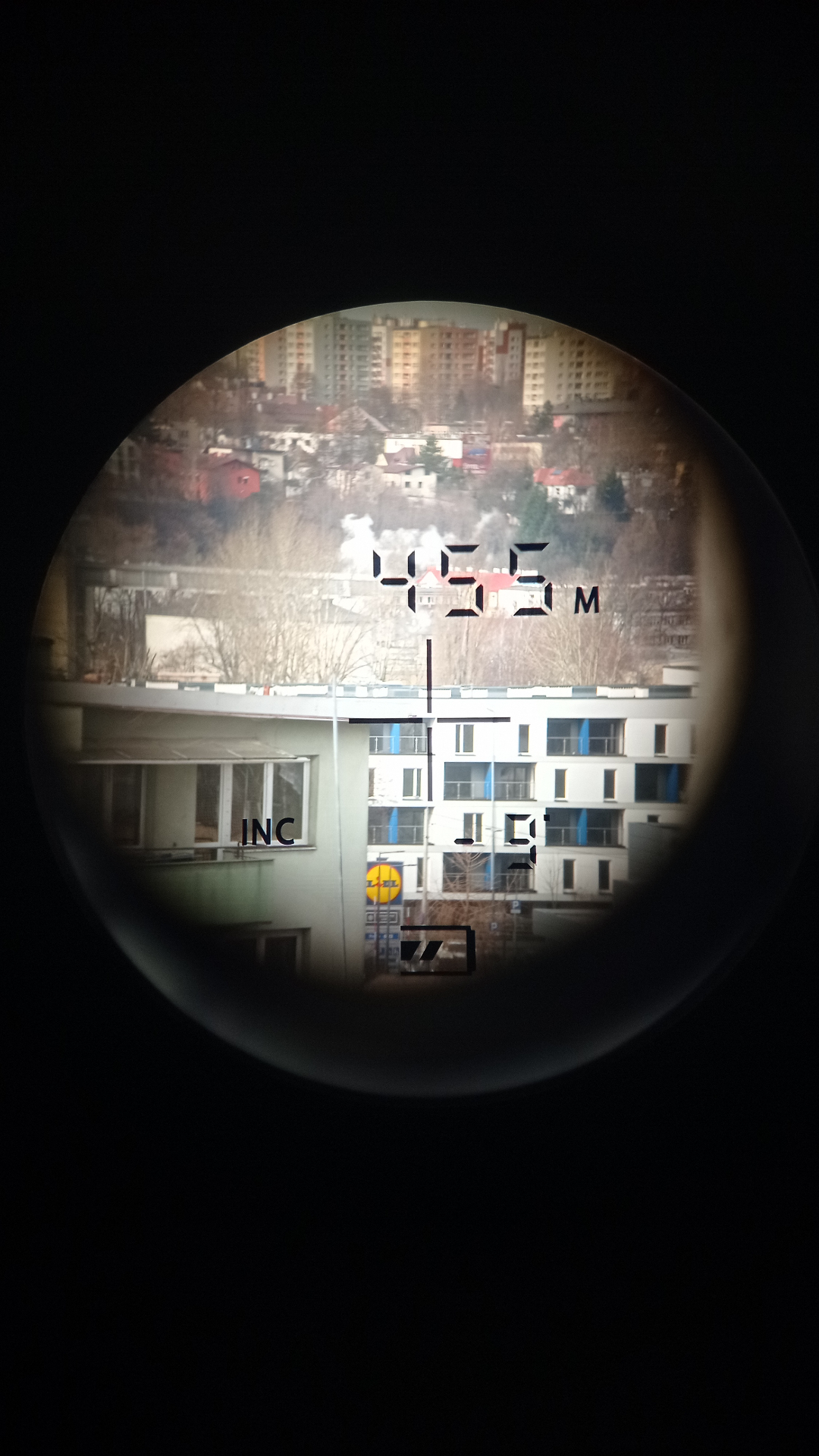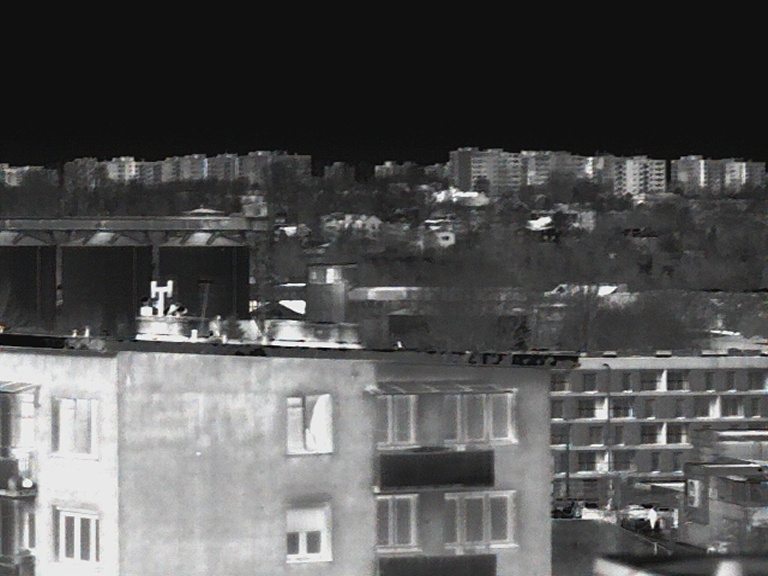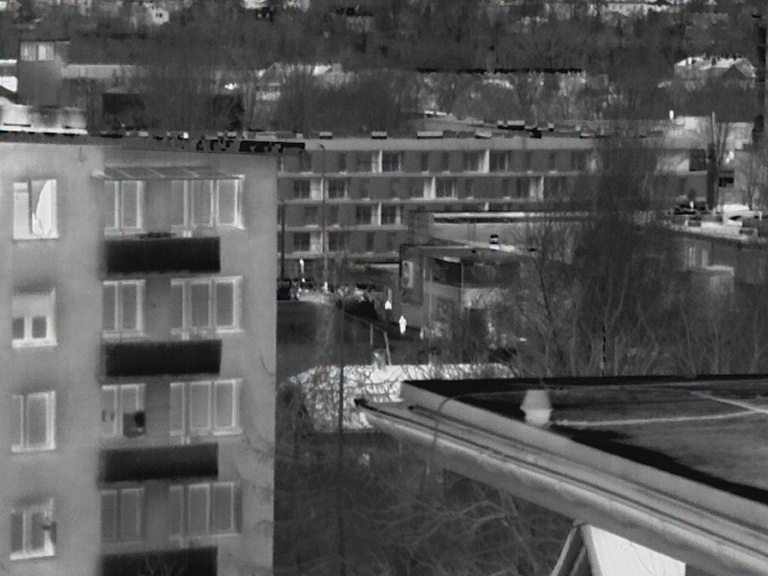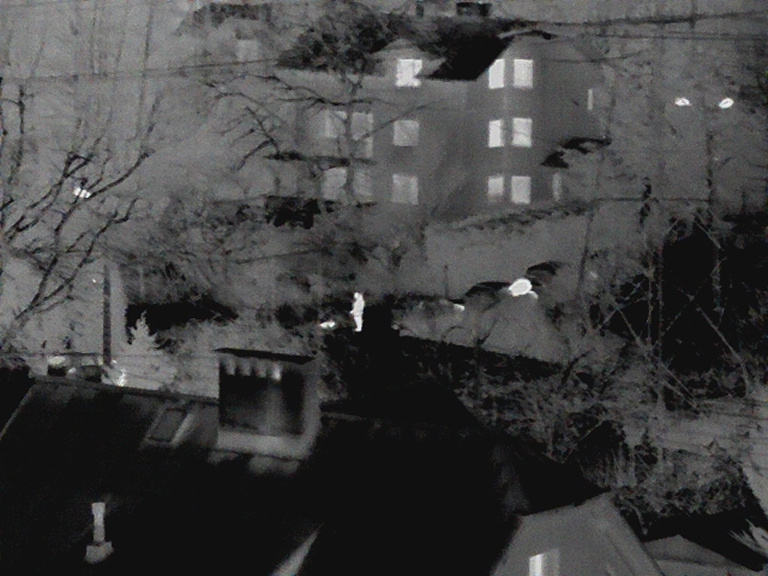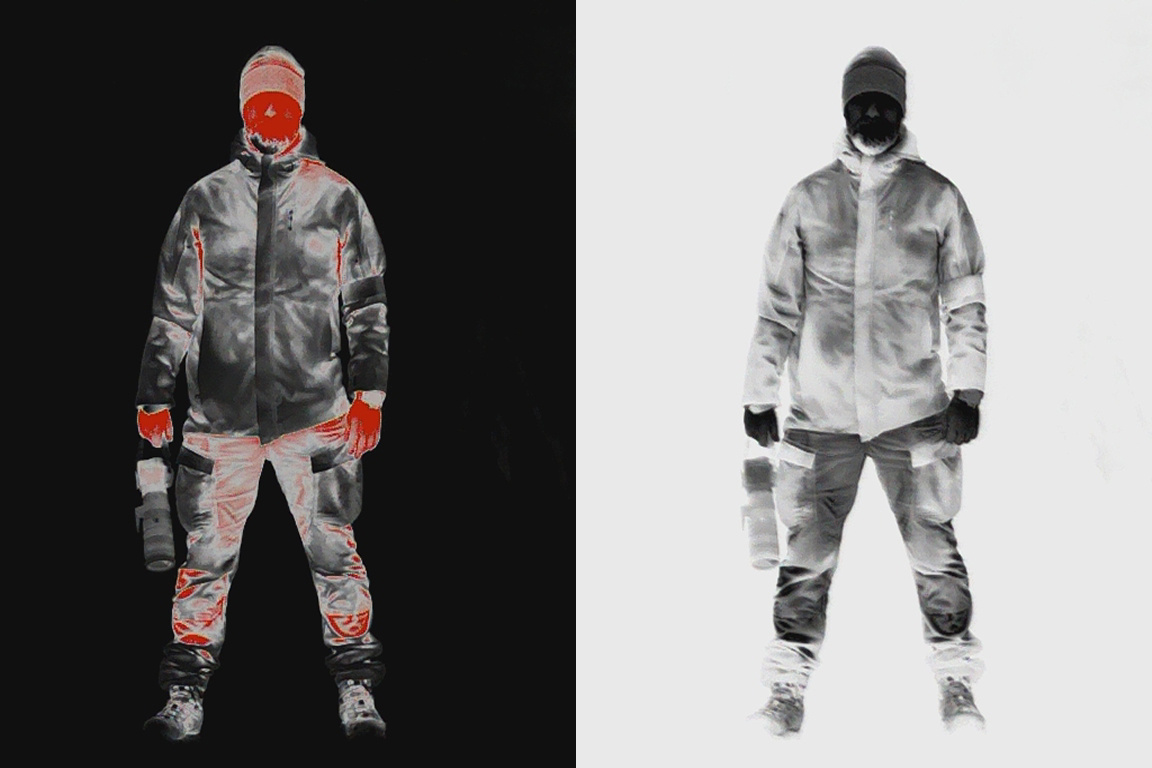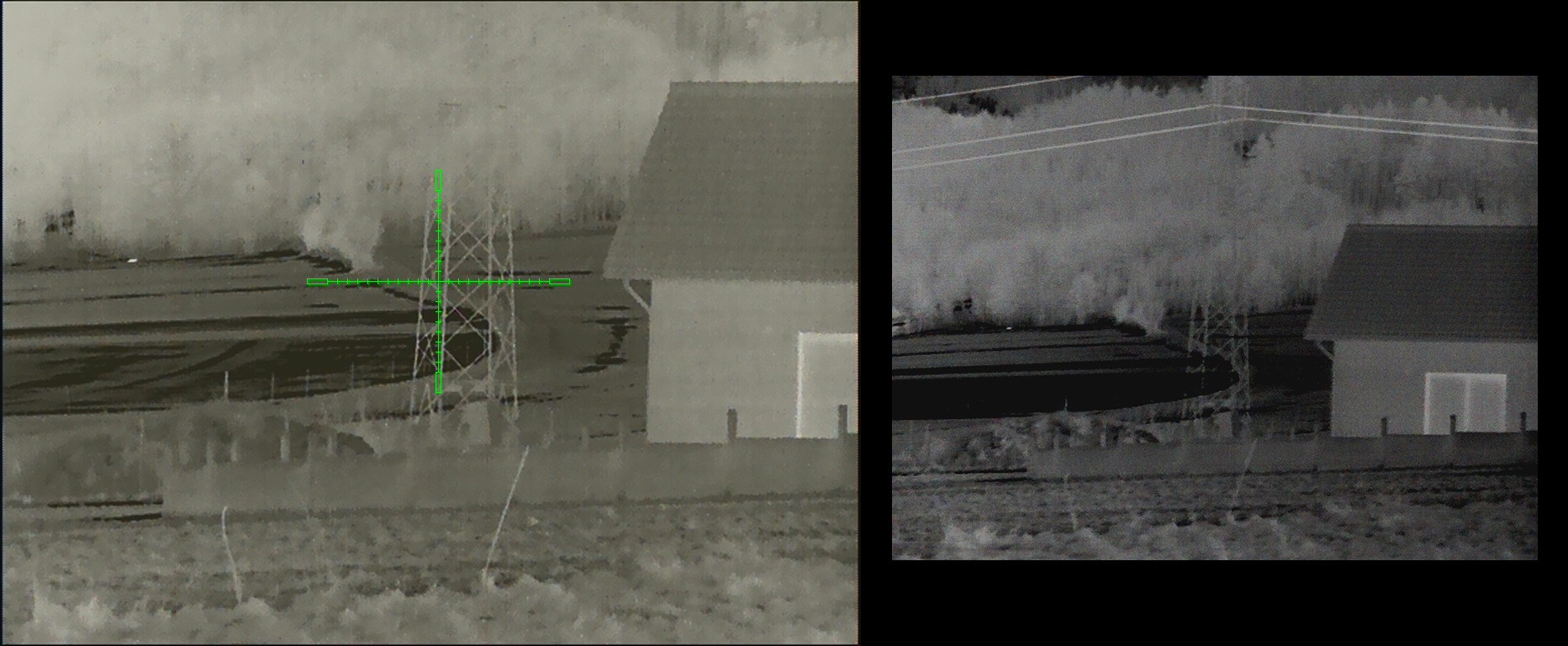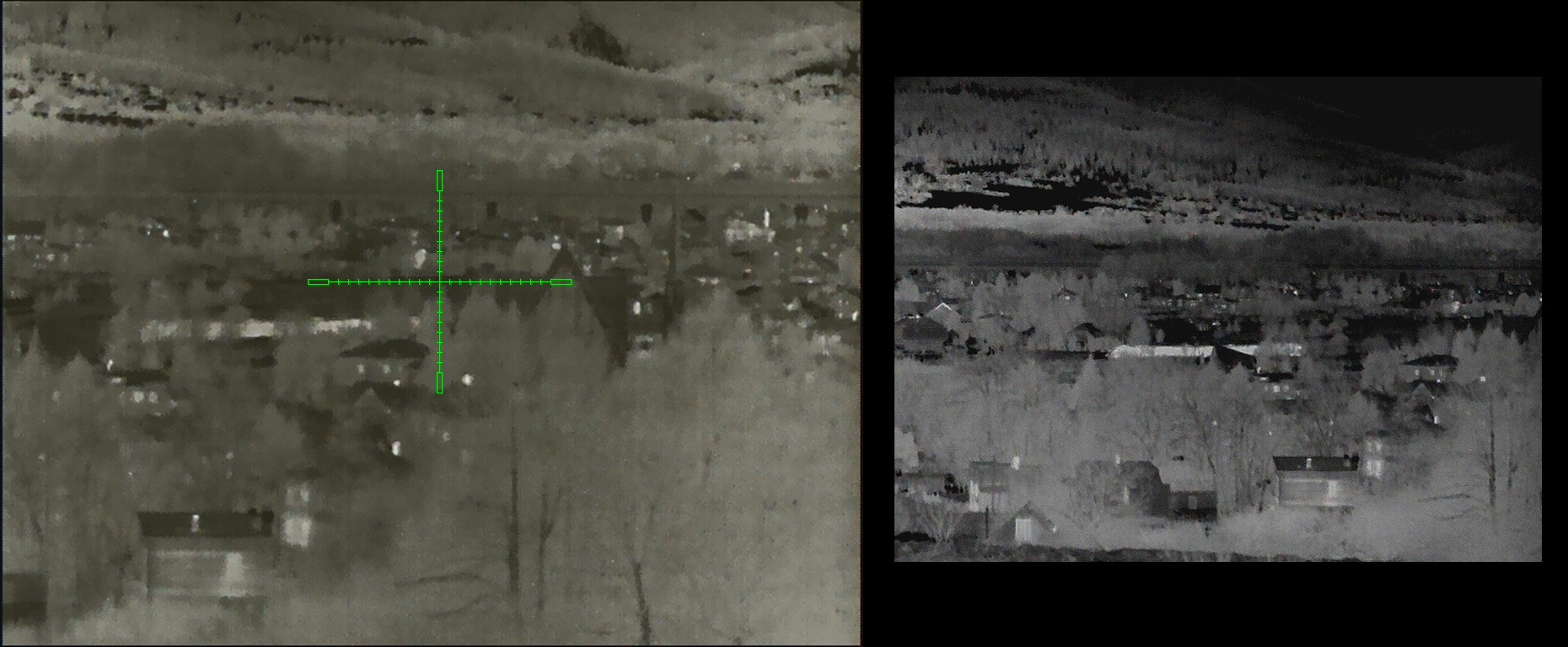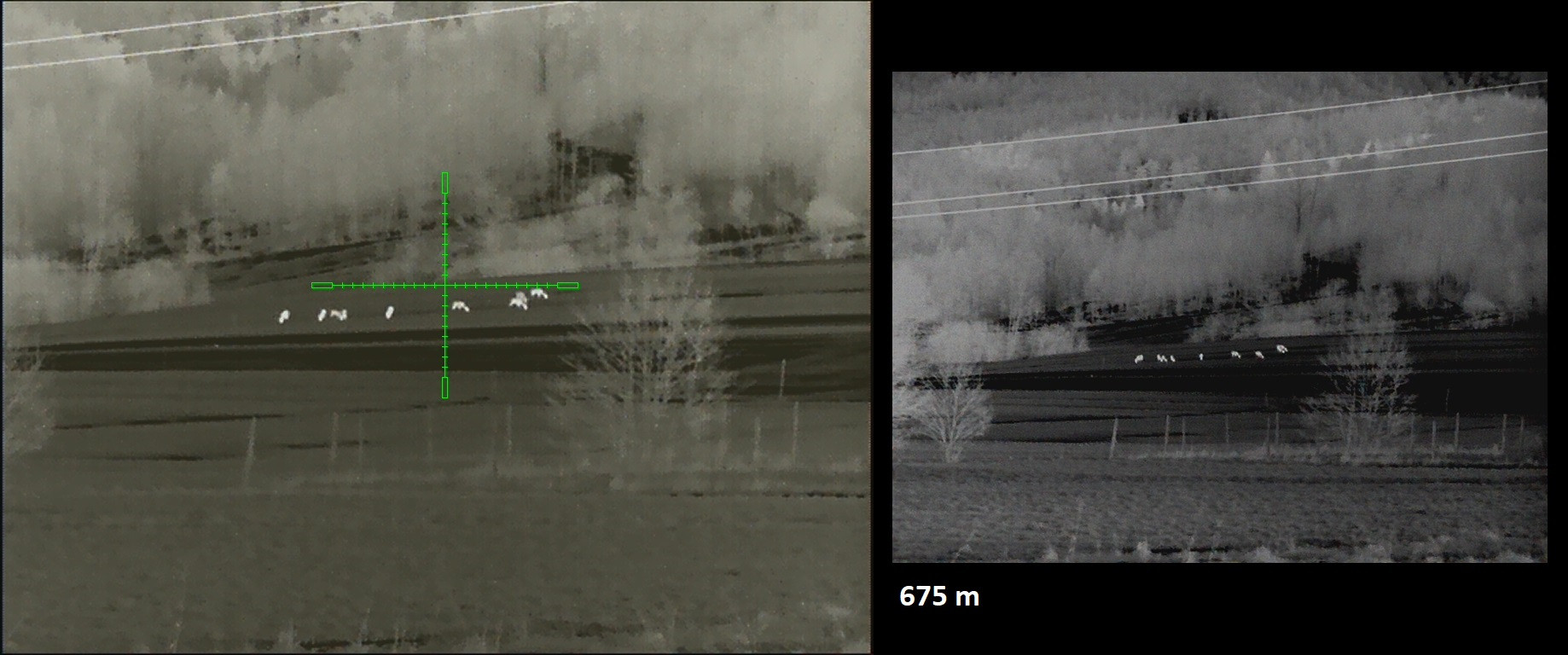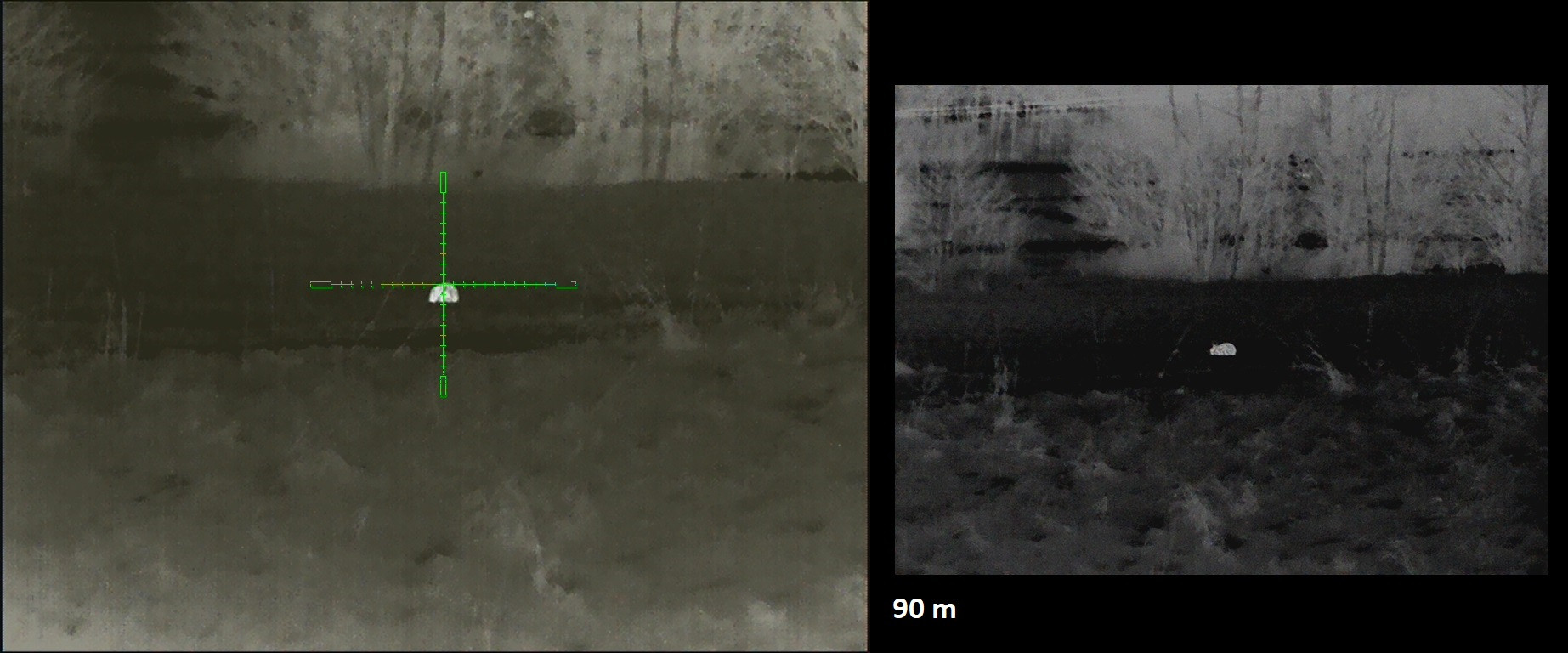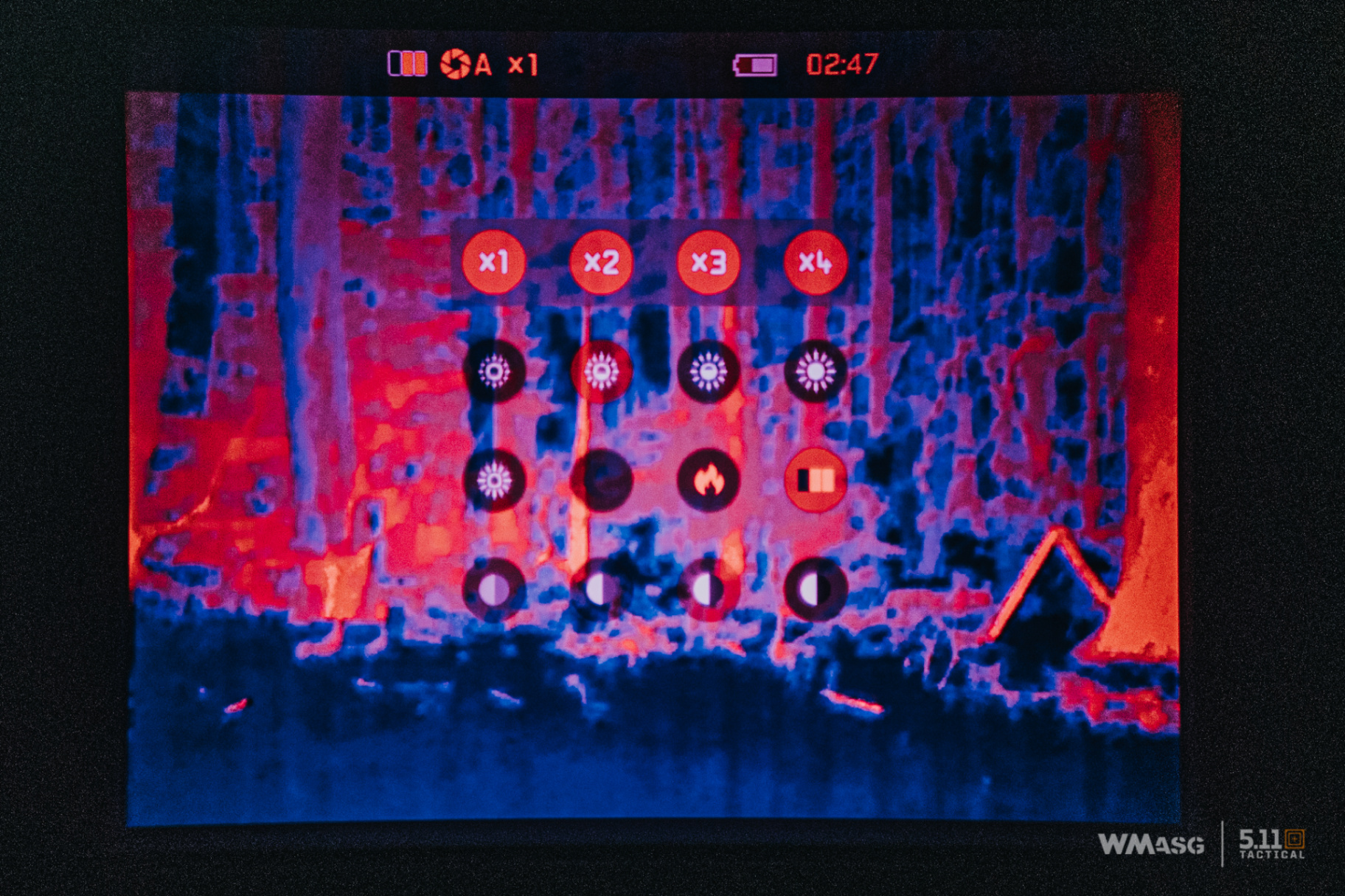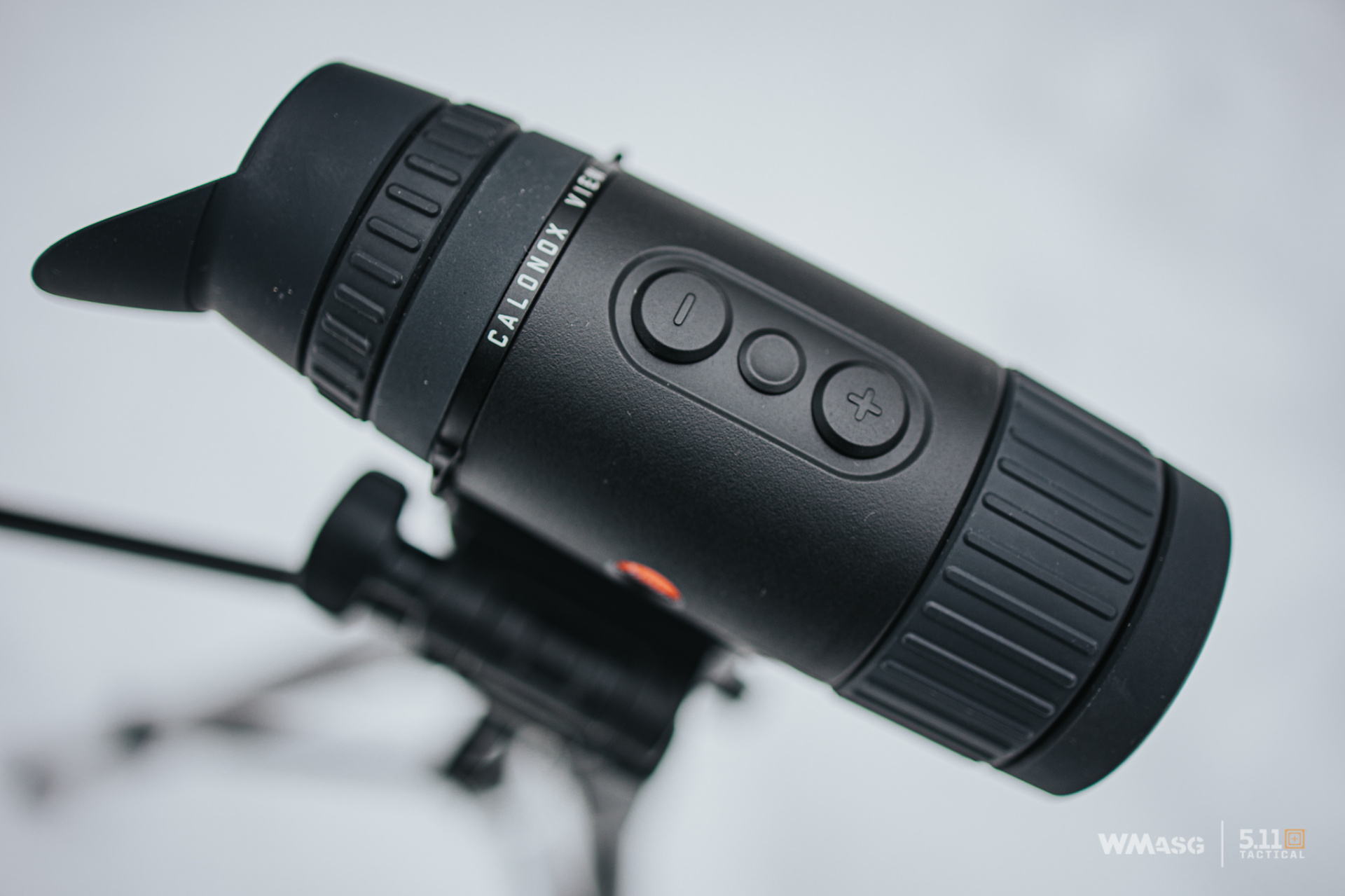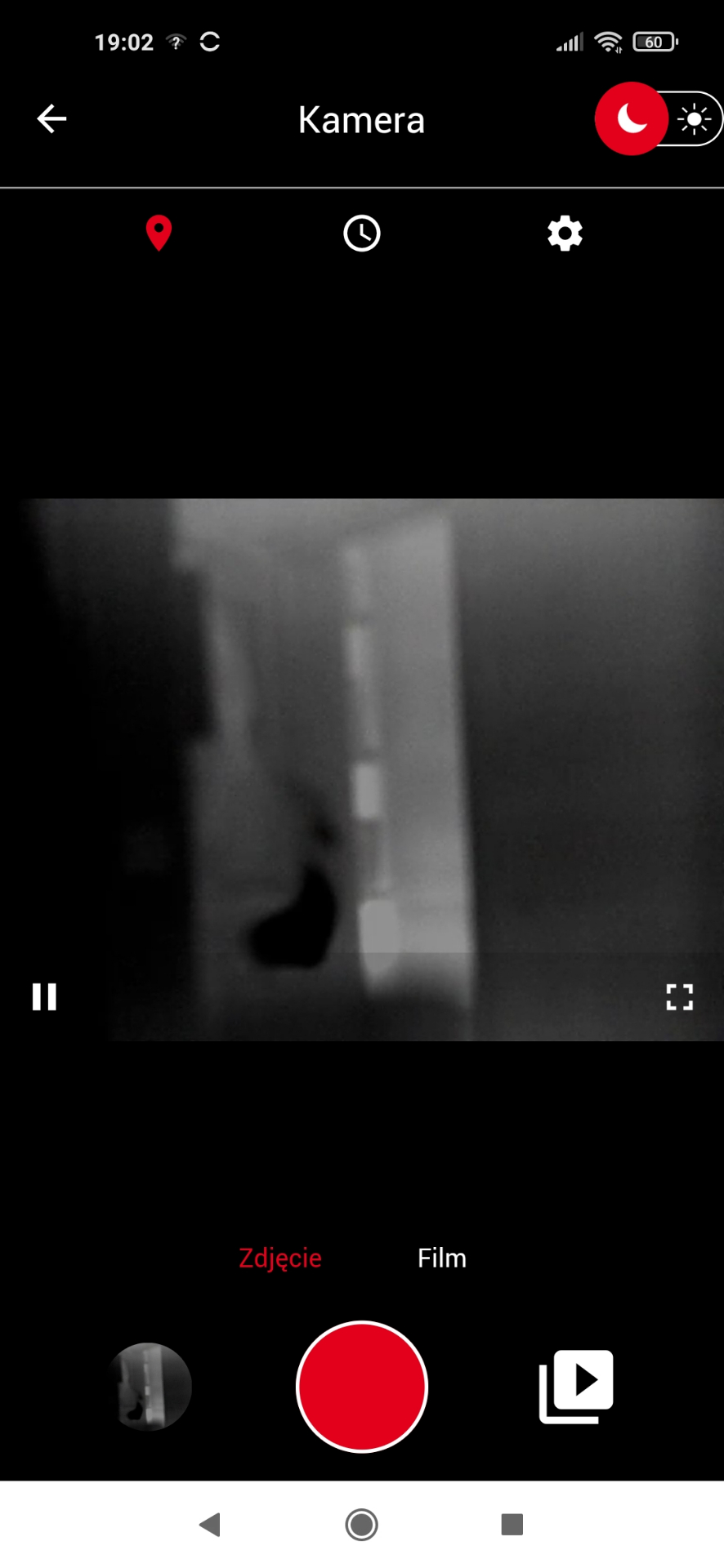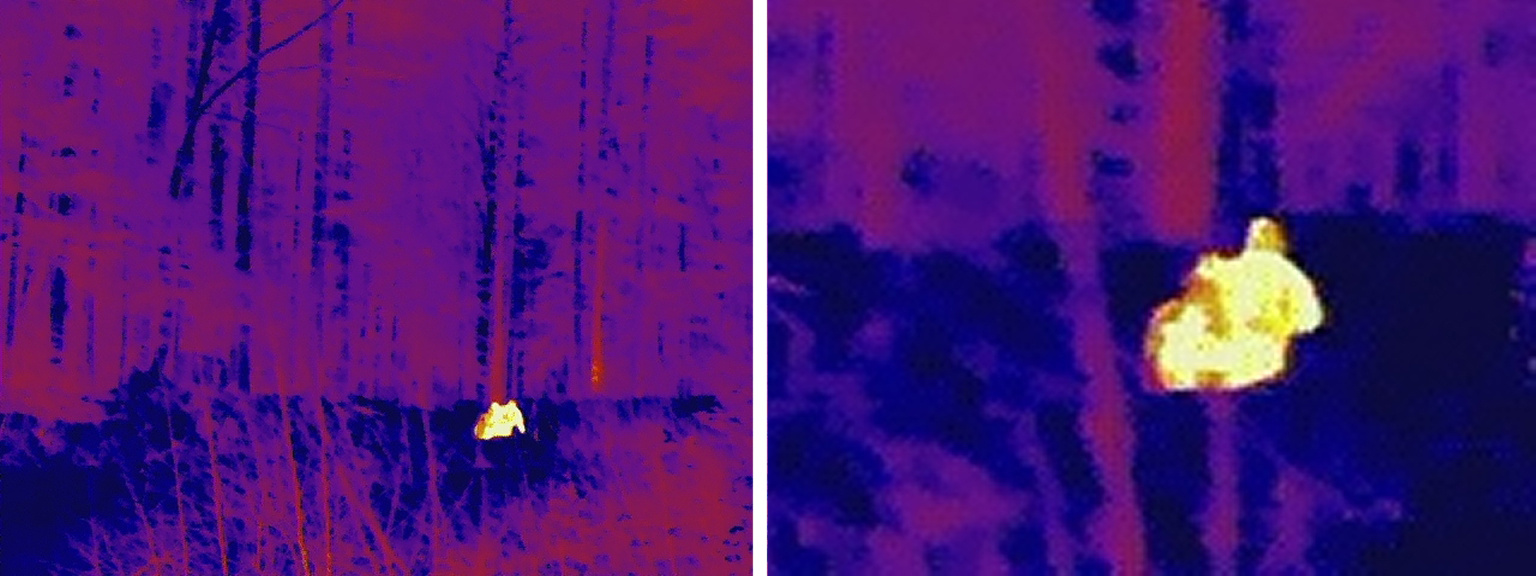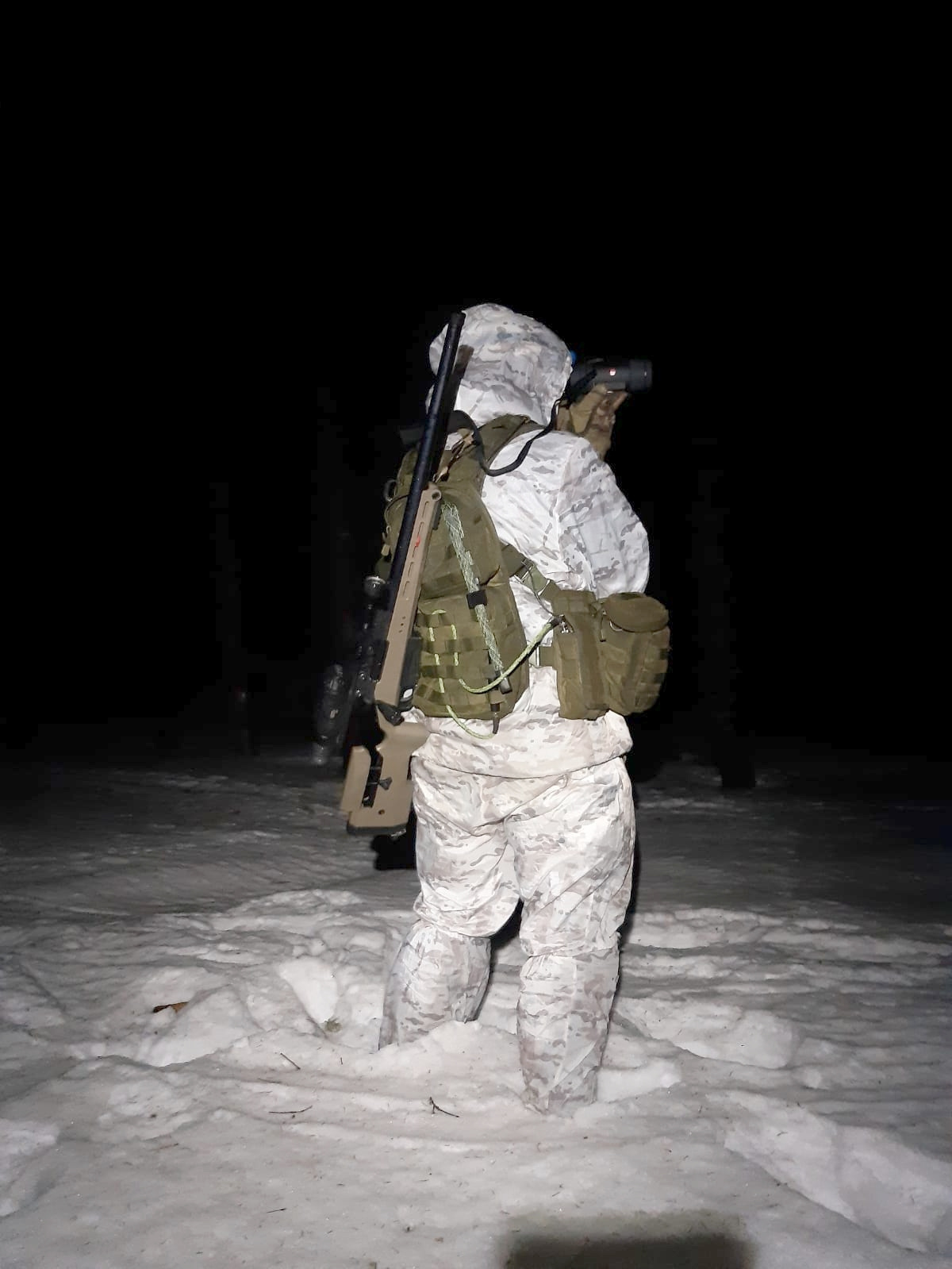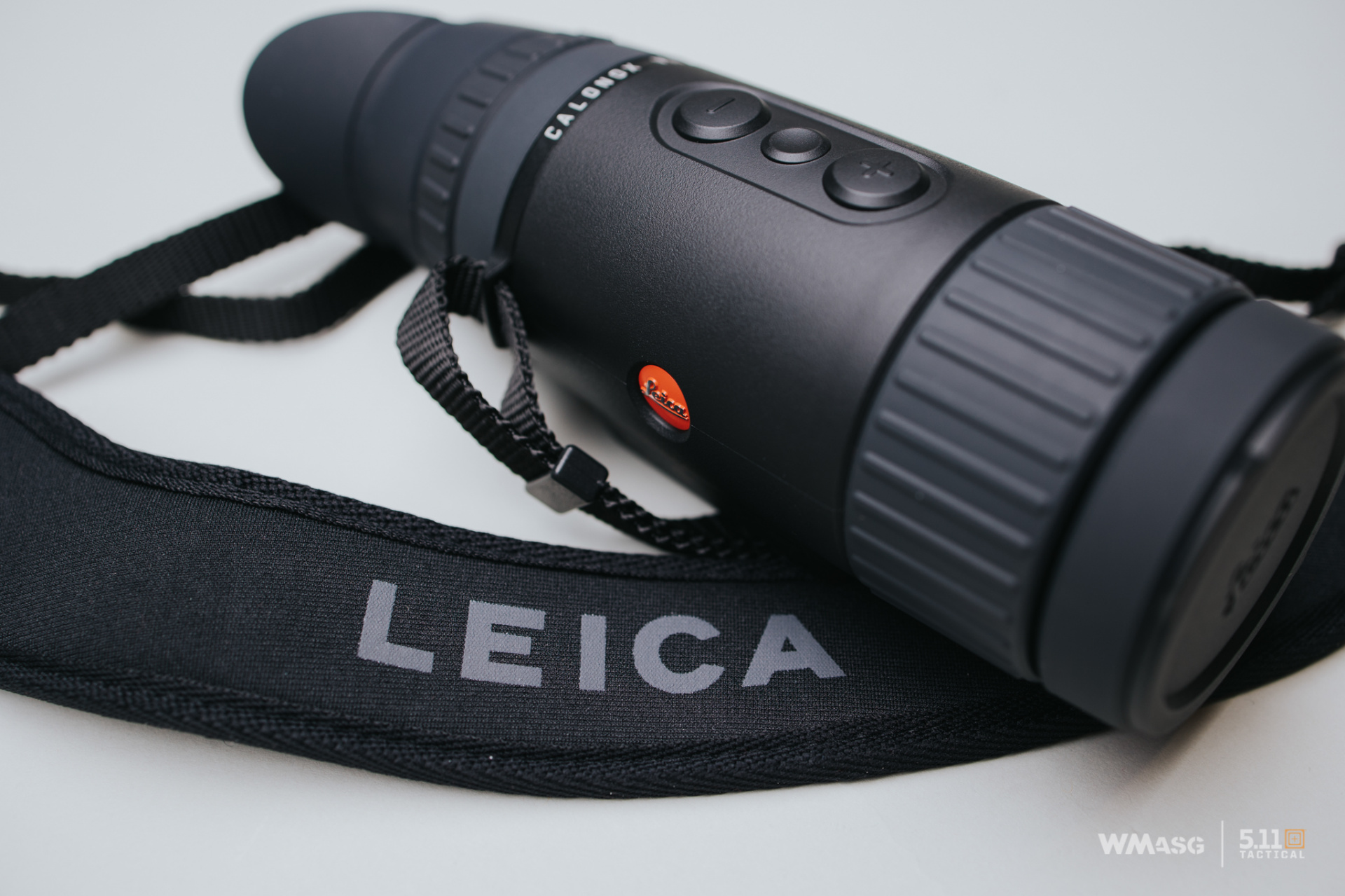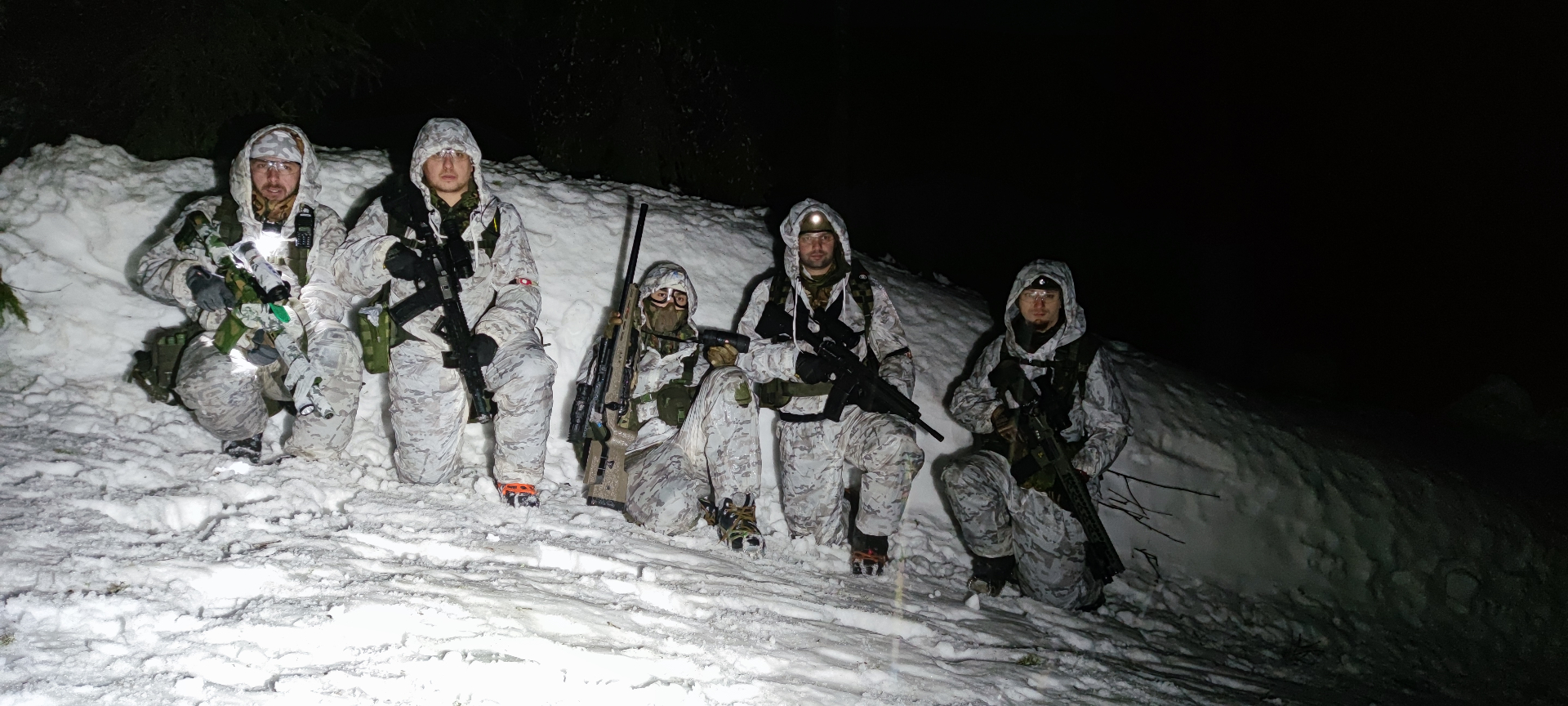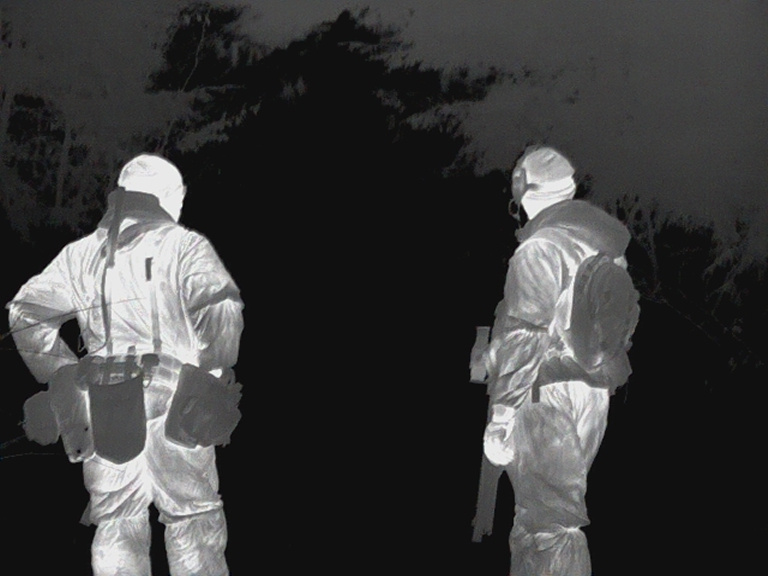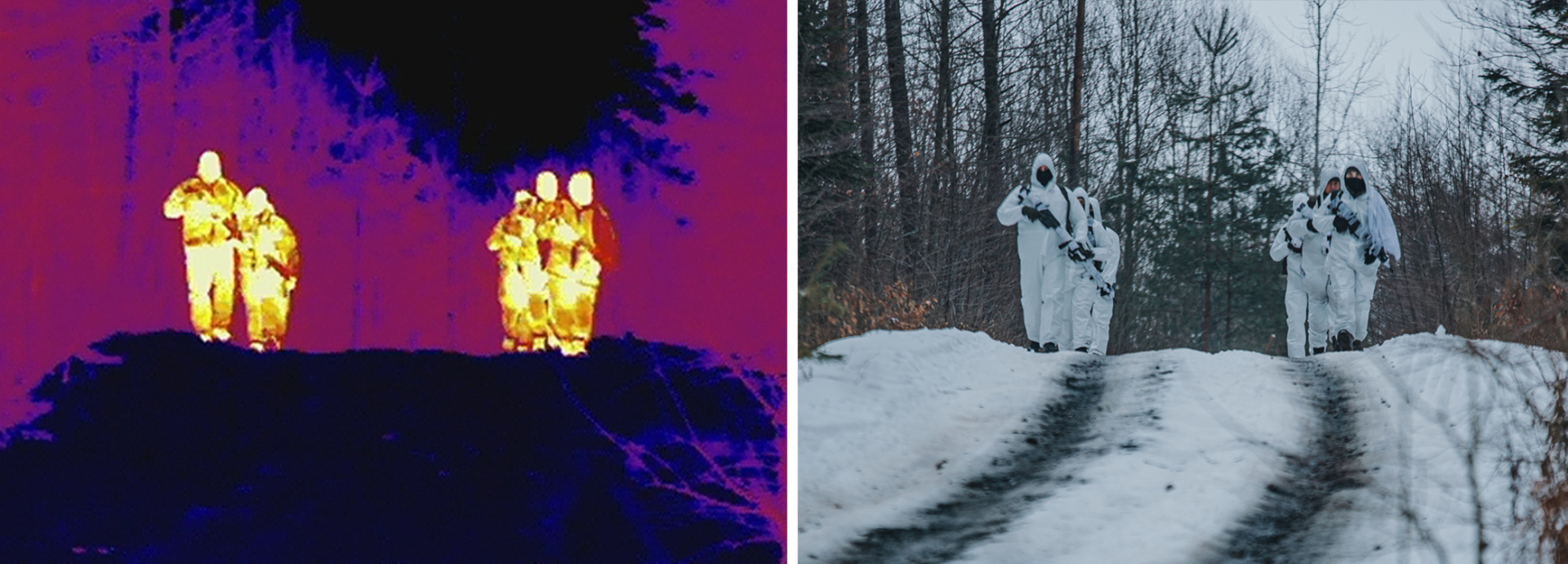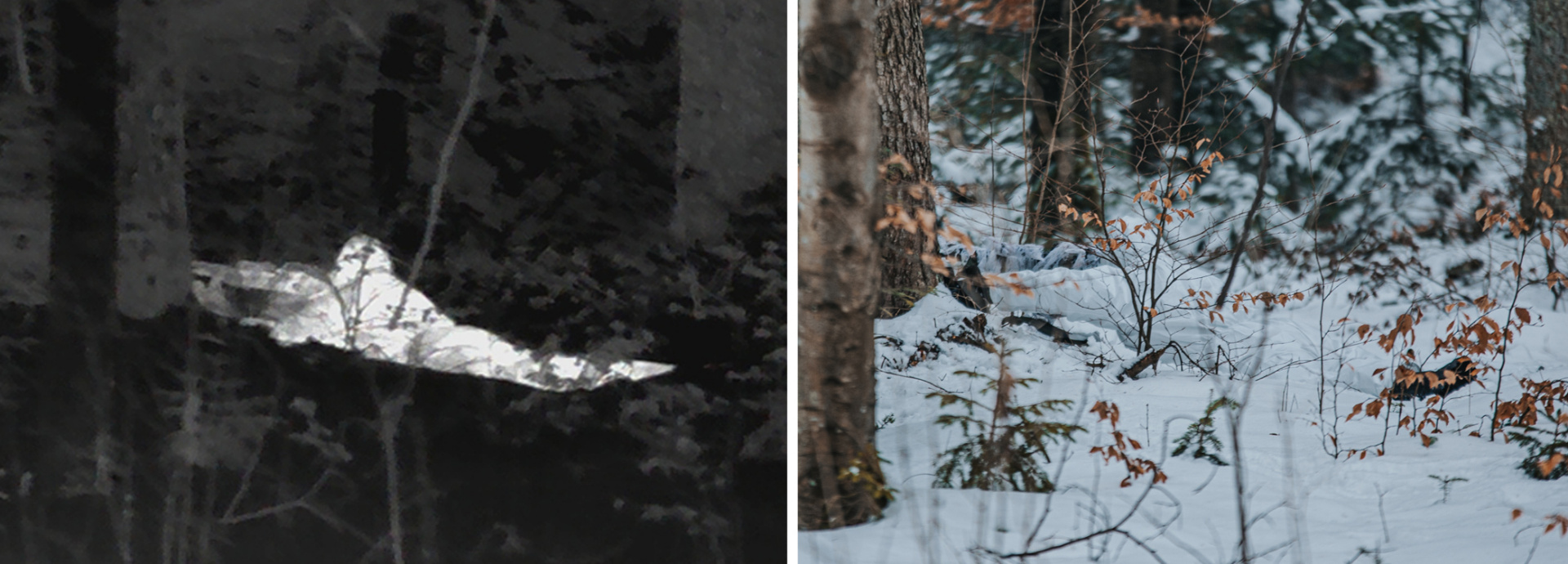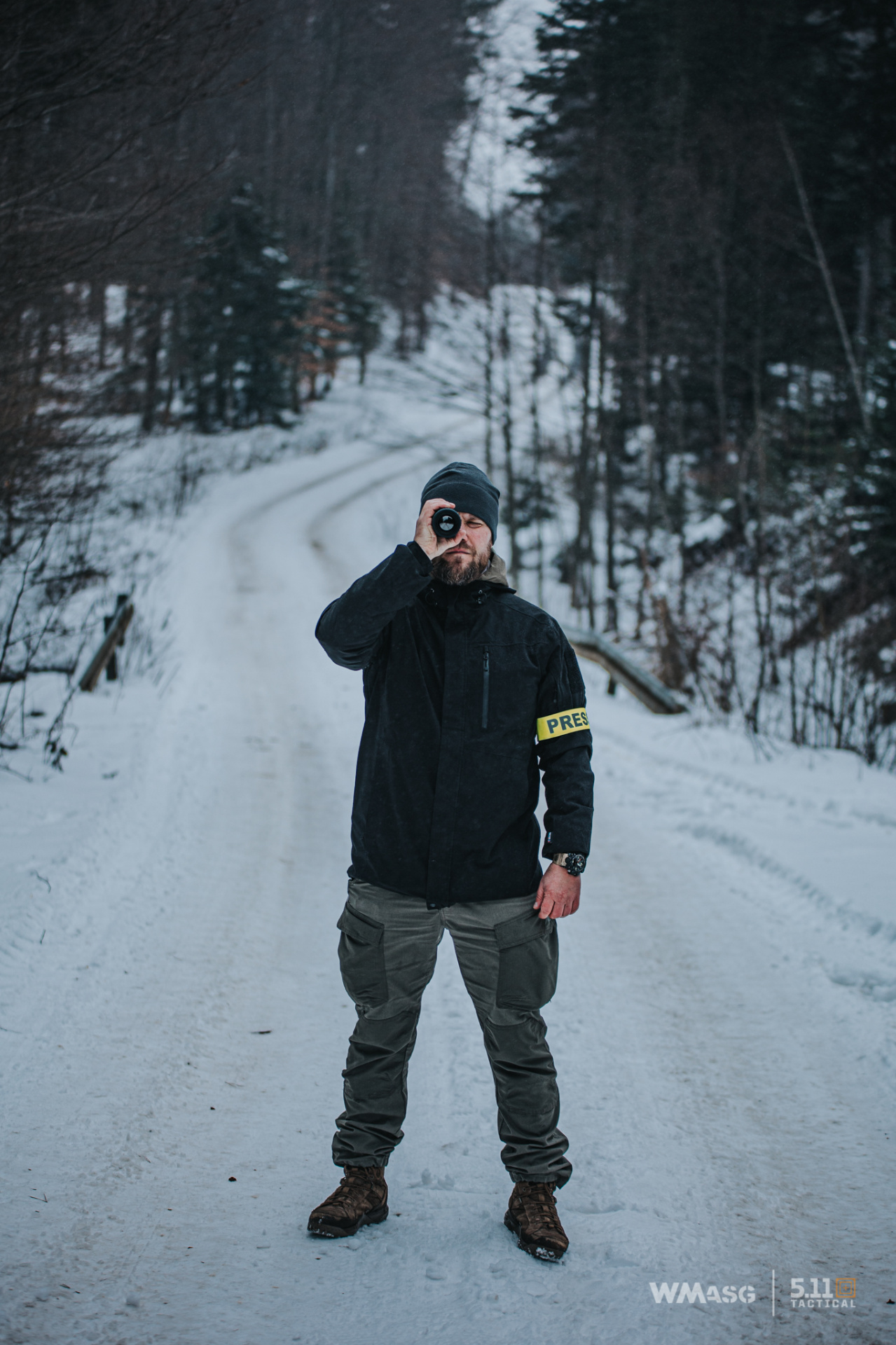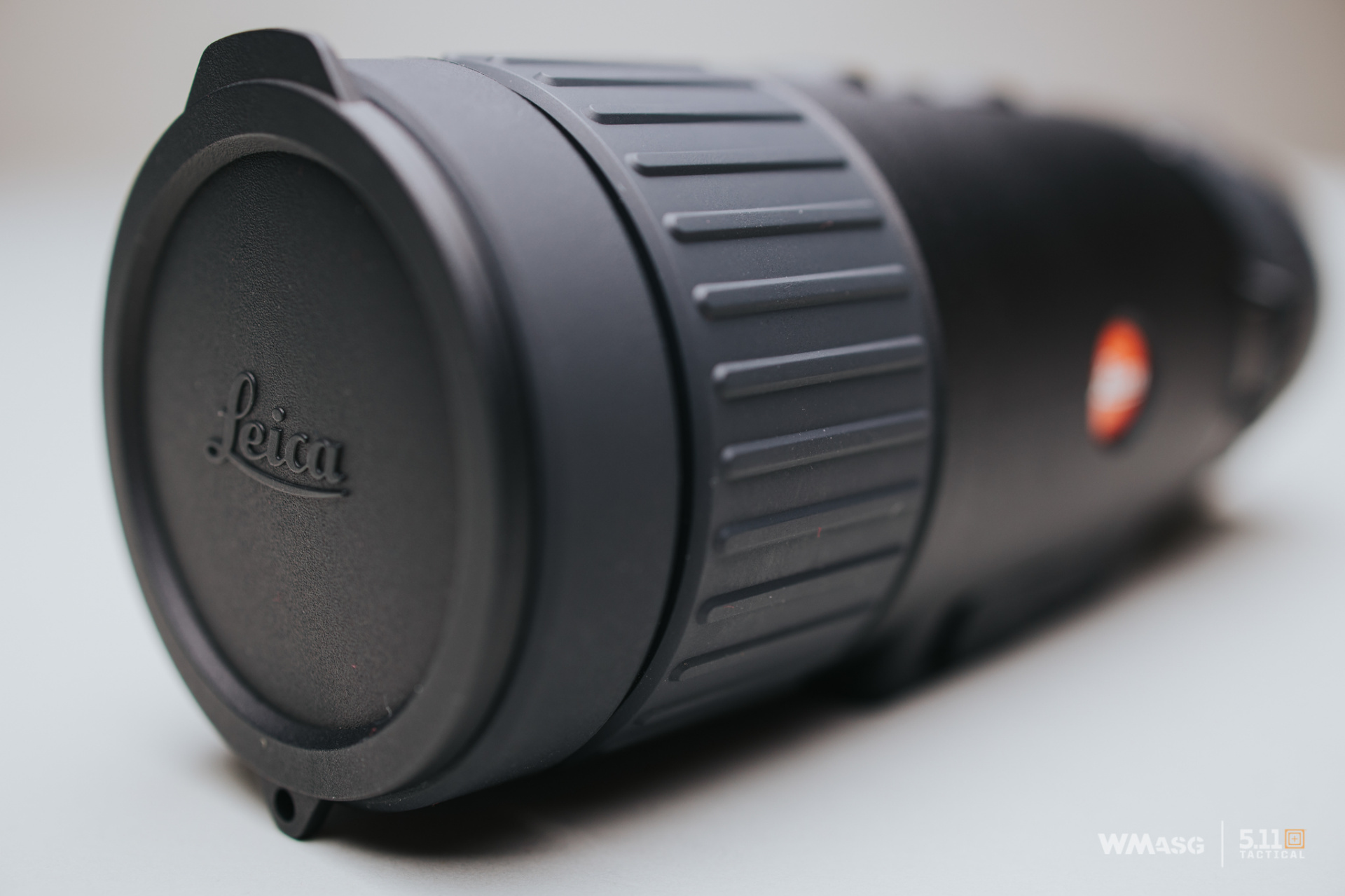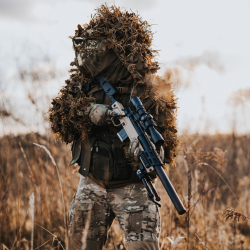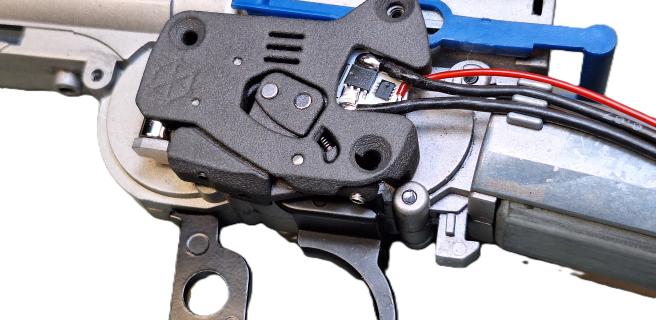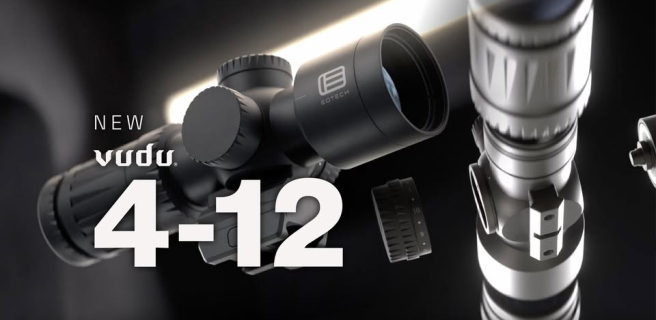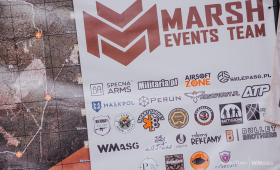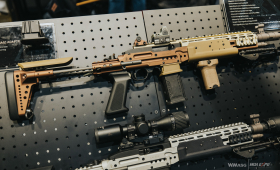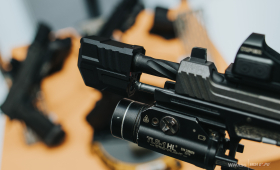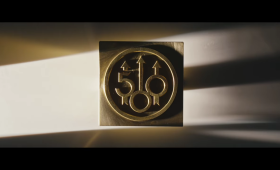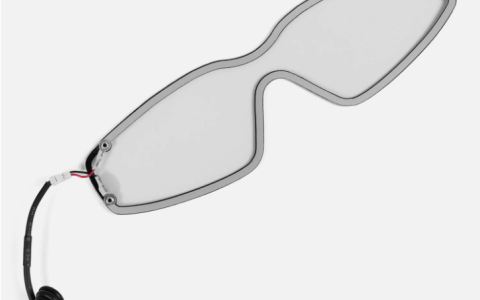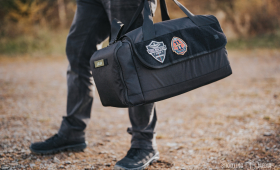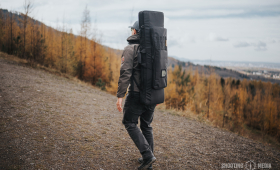The text was made as part of advertising cooperation with Hubertus Pro Hunting. As always, we have made every effort to ensure that the following article provides reliable information. It presents the author's assessment and does not close the possibility for discussion, to which we invite you in the comments.
Leica Camera AG company needs little introduction. It is a manufacturer with a cult status, involved in creating and developing premium photographic equipment. Experience gathered over 100 years has also been reflected in other areas where high-quality optics are desirable, such as shooting. Among the wide range of optical sights, spotting scopes and other helpful devices that are available in the company's portfolio, there is also a place for modern products using thermal imaging.
One of them is the Leica Calonox View 2.5x, an advanced thermal imaging monocular, created to assist hunters. However, due to its versatility, the Calonox View 2.5x will be useful in a much wider range of applications. Courtesy of the Hubertus Pro Hunting store, we had the opportunity to take a closer look at it.
Design and external appearance
After taking the thermal imager in one's hands for the first time, one can feel that the manufacturer has taken care of a proper manufacturing process. The proud inscription on the housing - Made in Germany - is not placed on the device by accident. It is slightly larger and significantly heavier than one might expect. The cylindrical shape and large dimensions, however, allow the device to be operated both with one hand and two hands, when additional image stabilization is needed. The main part of the housing and buttons are made of quality plastic, while the outer lens cover with its cap, the eyepiece, adjustment knobs and other smaller elements are made of rubber. Suggested by the thickness and texture of these materials, they perform two functions: not only do they prevent the device from slipping in one's hand, but they seem to perfectly protect the sensor, optics and all components inside from mechanical damage. Visually, the Leica Calonox View Thermal Imager makes a great impression, with no compromises.
This quality of workmanship, which is an unquestionable advantage of the product, also has less favorable side effects. The high weight of the device is noticeable: both when holding it in one's hands and when carrying it. The extra weight on long off-road hikes with gear can be a pain.
The manufacturer has made sure that the device can be around carried in various ways, and also placed on a tripod during long observations. The set includes, e.g. a neat, protective case with an additional pocket and a carrying strap mounted directly on the Imager with a comfort pad. Mounting threads for a tripod are visible from the bottom: both in the ¼” and the M5 standard.
The Imager is designed to be used with a tripod.
Near the base for mounting the tripod, there is a diode covered with a rubber cap, along with a USB-C port which is used for charging the device and transferring files.
The glass of the large lens is protected by the aforementioned rubber cap and it is worth paying attention to the thickness of the materials protecting it. Although it is very well fitted and its removal requires the use of a noticeable amount of force, it is not attached to the device in any way. The manufacturer, however, has made sure that one can thread a line through it. The only places on the housing of the product that it can be attached to are the lugs set back towards the eyepiece for attaching a carrying sling. This solution will not suit everyone.
The multi-layer, massive housing that protects the lens attracts attention. The removable lens cap can be secured with the line included in the set.
The quality of the materials and the general attention to the external workmanship clearly indicate that the Leica Calonox View 2.5x belongs to the premium segment among thermal imaging monoculars with similar parameters. A high class of dust and water resistance - IP67 - combined with a three-year manufacturer's warranty confirm this assumption.
External design, however, is only one of the features determining the usefulness and quality of thermal imaging equipment. The bar has been set high, can the components inside much our expectations?
It's what's inside that counts
As befits renowned manufacturers, Leica Camera AG provides many details in the technical specifications of its device, although not all important values are disclosed in it. The specified thermal sensitivity of the applied VOx sensor and aperture are missing from the list. Therefore, in the following part of the article we directly compare the image of the Calonox View 2.5x Imager to another one with similar parameters.
Large objects - such as apartment blocks - are visible for miles.
While briefly looking at the other parameters, it is clear that the Leica Camera AG monocular is a high-class product. This is evidenced by the high resolution of the matrix: 640x512 with a pixel size of 12 μm, in conjunction with a lens of approximately 40mm in diameter. These features translate into a base optical magnification of 2.5x. The high image refresh rate, 50 Hz also has a positive impact on the comfort of using the Imager. This allows for accurate tracking of objects that are moving fast.
At close range, thermal sensitivity and advanced software highlight any temperature differences - even within a creased garment.
The basic 2.5x magnification is detrimental to the convenience of scanning terrain at close range (field of view is 10.5 x 8.4°, or 18.3 m x 14.6 m / 100 m), but in combination with the matrix with a large number of pixels ensures high image detail. This is also reflected in a powerful detection range (signature size of at least 2 pixels) that Calonox View enables. According to the manufacturer's assurances, in favorable conditions it can reach up to 3,000 meters for objects with a size similar to a human figure! Thanks to the manufacturer's reliability, other DRI values are also provided - those that give an even better view of the imager's capabilities. Recognition of the class of the observed signature (minimum of 6 pixels) is possible from a distance of up to 1000 meters, and its more accurate identification (12 pixels) reaches up to 500 meters.
In Red Hot mode, all hot objects are highlighted in red. Red is uniform, the detail of the signatures enchenced by it is lost.
We decided to check ourselves whether the values declared by the manufacturer will be reflected in reality.
Range and quality of imaging in practice
Due to the fact that Leica Camera AG does not offer the described thermal imager in a version compatible with LRF modules, we used a stand-alone Vortex Optics laser rangefinder to determine the distance between the observer and the target.
As is often the case with values determined according to specific standards, they may seem exaggerated compared to what can be achieved in practice and in real conditions. Total detection range of a human-sized object at 3000 meters it is probably achievable. However, it was difficult to check this in practice. In urban conditions, however, there are no problems with noticing, for example, a heated cabin of a crane operator located several kilometers away.
The half-covered figure of the worker at a distance of 450 meters was still perfectly visible in the thermal imager (central part of the photo).
More can be said about the range of recognition and identification. During short field tests, I had no problem recognizing a herd of roe deer in an open clearing at a distance of 675 meters, or a worker walking on the roof at a distance of 450 meters. Would it be possible to recognize these objects on the declared one kilometer? Generally accepted standards say yes. I myself am skeptical about the possibility of recognizing the class of a detected signature of 6 pixels, especially if it was not in motion and the time for observation would be limited.
The human silhouette in the shot is 17 pixels high at a distance of about 350 meters. The resolution of images taken using the Calonox View 2.5x is interpolated to 768x576 pixels, i.e. increased by about 20% compared to the native capabilities of the matrix. Would it be possible to distinguish e.g. a soldier from a civilian at such a distance? If in front of the silhouette a rifle distinguished by its heat was visible, maybe.
The situation is similar when it comes to the identification capabilities of the Leica Calonox View 2.5x Imager.
I had no trouble identifying a moving hare 100 meters away, or a man walking a dog 180 meters away.
Man and dog on a night walk at a distance of 180 meters.
While observing people at a distance of 300-350 meters, I had trouble seeing the details that would help me better identify the signatures. From time to time, a darker spot was visible on the silhouette, which could indicate the presence of, for example, a women's handbag or a backpack.
The imaging quality of the Leica Calonox View 2.5x Imager is very impressive when you consider the detail of observed objects and scenery at a shorter distance. The satisfactory thermal sensitivity of the device, combined with good image quality improvement algorithms, made it easier to see the terrain, vegetation and details within specific thermal signatures.
Comparison of Red Hot (left) and Black Hot (right) modes.
Making sure that my perception was as objective as possible during these observations, I used another thermal imager for a short comparison, witch has similar parameters (a 640x512 pixels @ 12 μm matrix, a 50 mm lens, base magnification of ~ 2.9x, used in Ultra Clear mode). The photos taken with it were interpolated to a resolution of 1024x768 pixels, hence their larger size in the illustrations below. All shots were taken at night, with high humidity (it was raining all day).
Comparing the image quality with another device with similar parameters. On the right, images from the tested thermal imager.
The detail and quality of imaging seem very similar and it would be difficult to clearly indicate a favorite. It is worth noting that the competitive model has a slightly higher base magnification and, at the same time, a smaller field of view than the Leica Camera AG thermal imager.
Additional features
Modern thermal imagers are often packed with features. Although the Leica Calonox View 2.5x monocular looks like a simple device from the outside, the possibilities offered by its software are great.
In addition to the absolute basics, such as changing the color palette and image contrast, screen brightness and zoom level, which are available after a short press of the menu button, the device also has some slightly more advanced functions.
The left and right buttons are used to switch between the options. The middle one turns the menu on and off and confirms the selection.
Thanks to the built-in memory (16 GB), it is possible to save numerous photos and videos with a resolution interpolated to 768x576 pixels. Videos are recorded without sound and their frame rate is limited to 25 fps. Media transfer to an external device is done via the USB-C interface, or via a wireless network and applications dedicated to Android and iOS, thanks to compatibility with the 2.4 GHz Wi-Fi standard. It is also possible to output the video signal outside using a cable, or stream the image directly to a mobile device.
Among other options, the Leica Calonox View 2.5x allows the user to select the appropriate sensor refresh mode (NUC) and use a special algorithm to improve image quality in rain and fog. The device also has a defective pixel correction mode which, in addition to its basic function, is sometimes used as an adjustable, makeshift reticle in some applications. Due to the possibility of damage to the equipment, in no case should the monocular be mounted on weapons and other types of devices that generate recoil (as opposed to the use on airsoft replicas). For such use, the manufacturer has provided a different model of its thermal imager called the Calonox Sight.
Using digital zoom causes image pixelation.
In many areas of devices there is a trend towards simplification of operation and a kind of minimalism. For this reason, control of all Calonox View 2.5x Imager functionalities (except streaming) is via the three main buttons on top of the product (except the focus adjustment knobs on the lens and the eyepiece). This allows to operate it almost entirely with one hand, but it requires getting used to and to understand the menu. Although I prefer devices with more buttons myself, I appreciate the layout of the ones on the tested model of the thermal imager and the definite distinction of the shape of the middle one, so it is impossible to make a mistake. Although the centrally placed one requires a bit more force and has a less perceptible mode of operation.
Overall user experience
It is easiest to see the usefulness of the device, as well as its advantages and disadvantages in practice. During the tests, I had the opportunity to use the Leica Camera AG monocular during a winter, mountain scenario of a military simulation with the use of airsoft replicas. It served as an observation device and a supplement to the thermal imaging sight I used.
Leica Calonox View 2.5x used as observation monocular.
Wanting to prepare the equipment for this role, I decided to use the included sling. One can't deny its functionality and comfort, but I quickly noticed a flaw: after installing it, the thermal imager no longer fits into the main chamber of the factory case. I was forced to use a suitable pouch for carrying such devices.
The Calonox View 2.5x monocular performed well while walking, making it easy to scan the surroundings for threats. It was a bit difficult to observe the nearest surroundings and look around: the high base magnification of the device makes it necessary to look longer and more carefully. Very quickly, however, I noticed the well-thought-out NUC system operating in this model based on a mechanical shutter. The sensor refresh intervals and the associated interruptions in imaging were very rare and short, which definitely improved the comfort of use compared to the equipment I use normally. The 50Hz screen refresh rate also felt fluid and natural in the eyepiece image.
Rain, snow and wind - a Polish winter at an altitude of over 1000 m above sea level. In the center of the photo - Leica Calonox View 2.5x.
There is one thing I didn't like about the reviewed product. The Leica Camera AG monocular takes longer to start up than some other thermal imagers I know of. While in many cases the devices are ready to work in less than 10 seconds, the Calonox View 2.5x needed as much as 14 seconds (from the moment of pressing the power button) to become functional. This can become a nuisance in a situation where frequent switching off and on of the product may be required, or the user wants to quickly check an area.
The visibility and detail of objects emitting the most heat were unaffected by light fog and rain.
The existence of the above defect quickly showed me one of the advantages of this thermal imager. The Display Off power-saving feature, allowing to turn off the screen without turning off the device itself, is an excellent idea. Instead of a button combination often found in other imagers, or selecting an option from the context menu, here the power button is responsible for its use. While holding it down for about 4 seconds turns off the imager, releasing the button during the countdown will turn off the screen instead. The solution is simple, intuitive, and this is one of the first times that it actually encouraged me to use this feature. To exit the Display Off mode, as with many other devices, its enough to just press any button.
Considering the above, if one wants to stop using the product, one should make sure that the power button is held down long enough. Releasing it earlier will only turn off the screen, and there is no automatic shutdown function of this imager.
Thermal vision clearly highlights objects emitting the most heat radiation, regardless of the color of the camouflage used - photos taken with the tested thermal imager.
I felt comfortable the entire time I was using the Leica Calonox View 2.5x in the field. Even difficult field conditions and rain could not disrupt the device due to its compliance with demanding standards. Excellent image quality, influenced by, among other things, the software and thermal sensitivity of the sensor, meant that despite high humidity and fog, distinguishing elements of the environment was not a problem. Also, when moving in formation and working with a group of people I knew well, I did not lose my sense of direction for a moment, and the identification of individual members of the "fireteam" was extremely simple.
During this game, my initial plans also included a battery performance test. Unfortunately, they were not kept. I used the device for a total of about two-three hours, and the state of charge after returning home still indicated a large power reserve.
Summary
The Leica Calonox View 2.5x handheld thermal imager is without a shadow of a doubt, a high-class device. This is due to both the quality and careful workmanship, which one can feel from the first time the product is taken in one's hands, and the parts and software used.
Taking into account the image quality itself, the capabilities of the Leica Camera AG device do not differ from other popular and well-regarded thermal imagers. Apart from the latest, many times more expensive models with a higher native resolution of the matrix, the 640x512 pixel sensor combined with a base magnification of 2.5x provides accurate imaging, even at a very long distance.
Some solutions in terms of design, software or operation of the device, may not appeal to everyone. Also, the offered characteristics of the base magnification and field of view will not necessarily work in all possible applications. Most of these features, however, are a matter of user preference and requirements, so they should not be considered in the category of product evaluation.
Who is the Leica Calonox View 2.5x for then? For anyone looking for a surveillance device that enables instant detection, regardless of day or night conditions. For those who do not want to worry about weather conditions and do not treat their equipment as a collection of porcelain figurines. If, in addition, German workmanship, a well-deserved reputation of the manufacturer and modern technology ensuring excellent image quality are important to the person interested, a product from Leica Camera AG will become a very good choice.
If you are interested in thermal imaging and would like to learn more about it, take a look at our series of articles, which is devoted to this issue.

